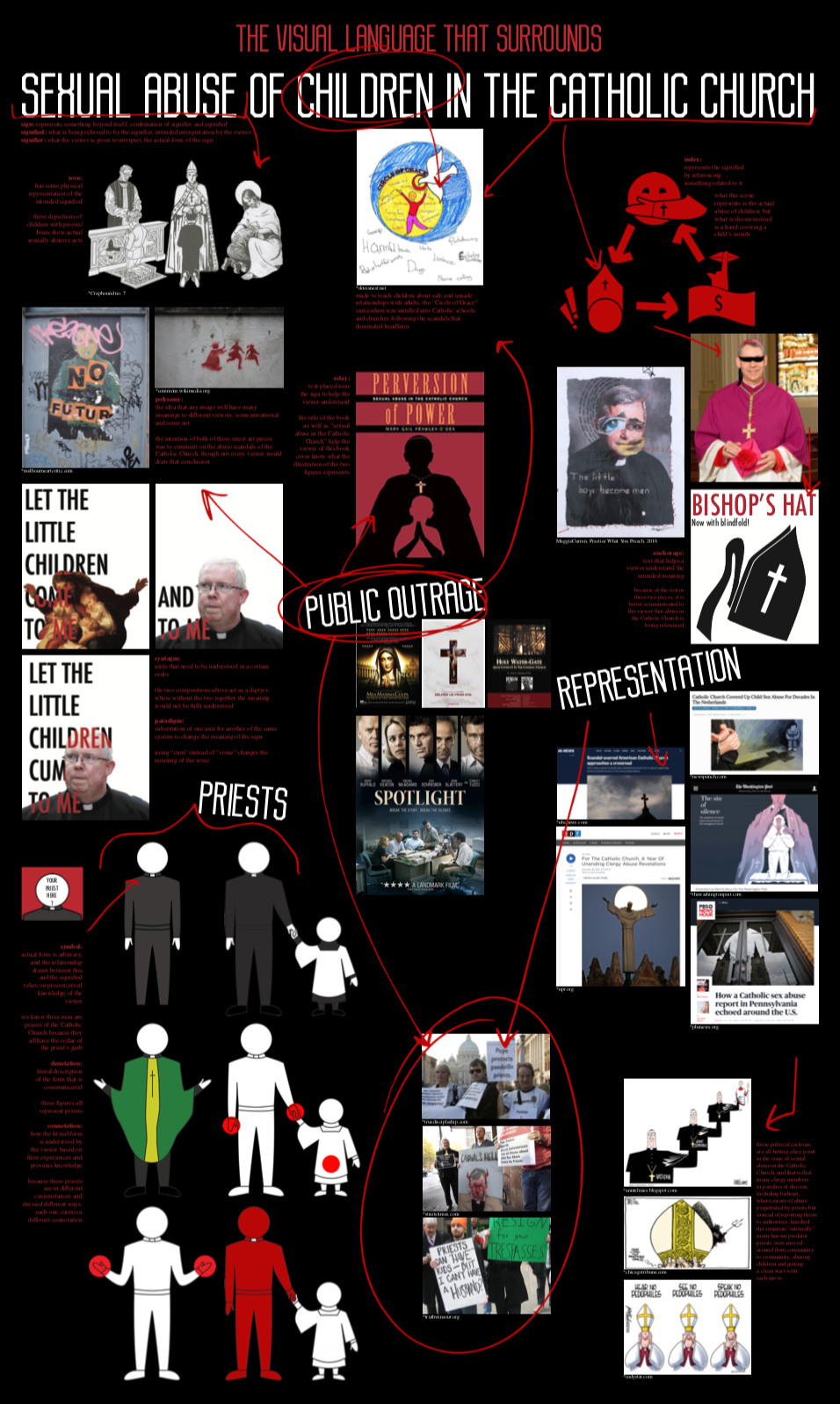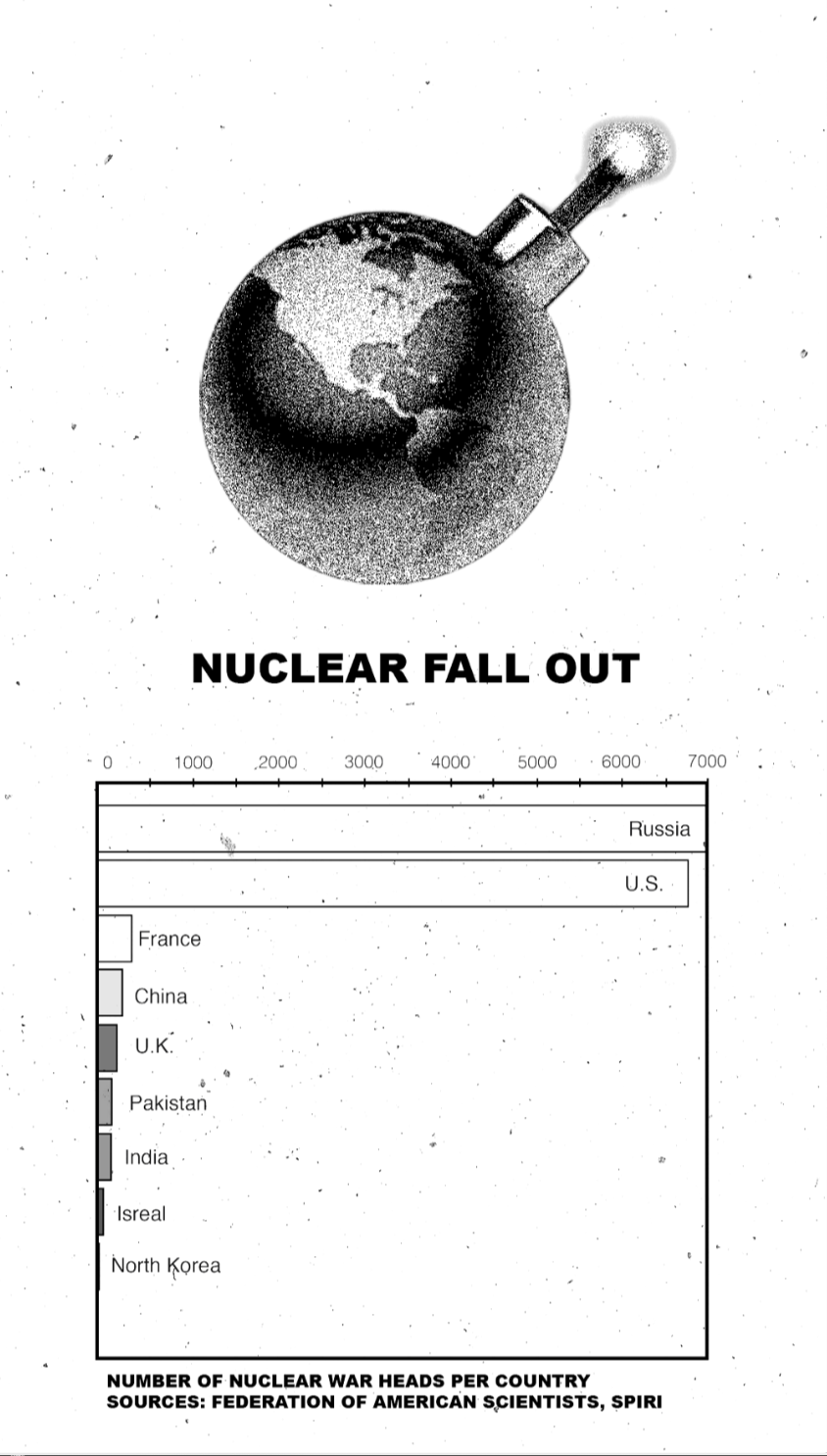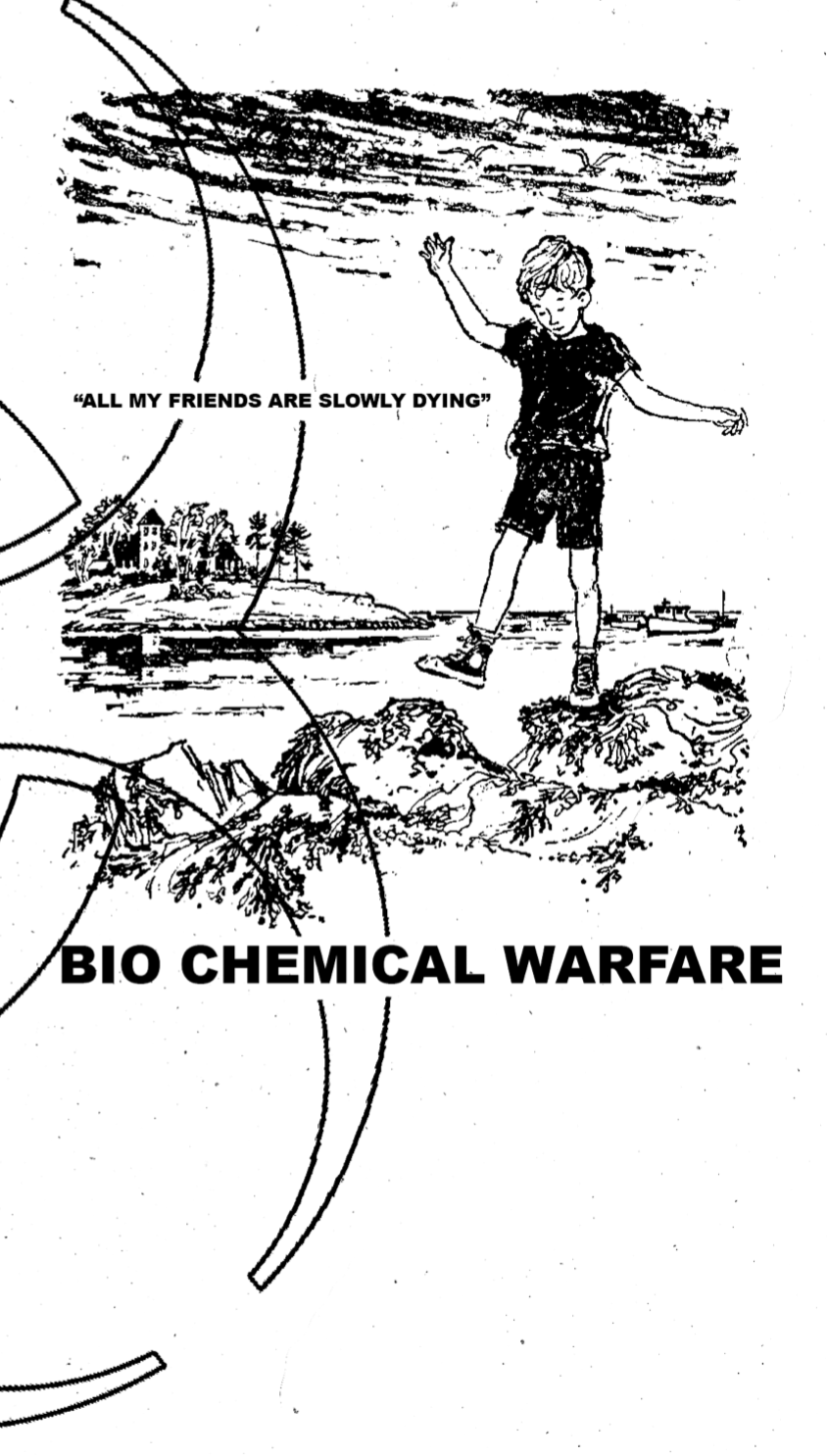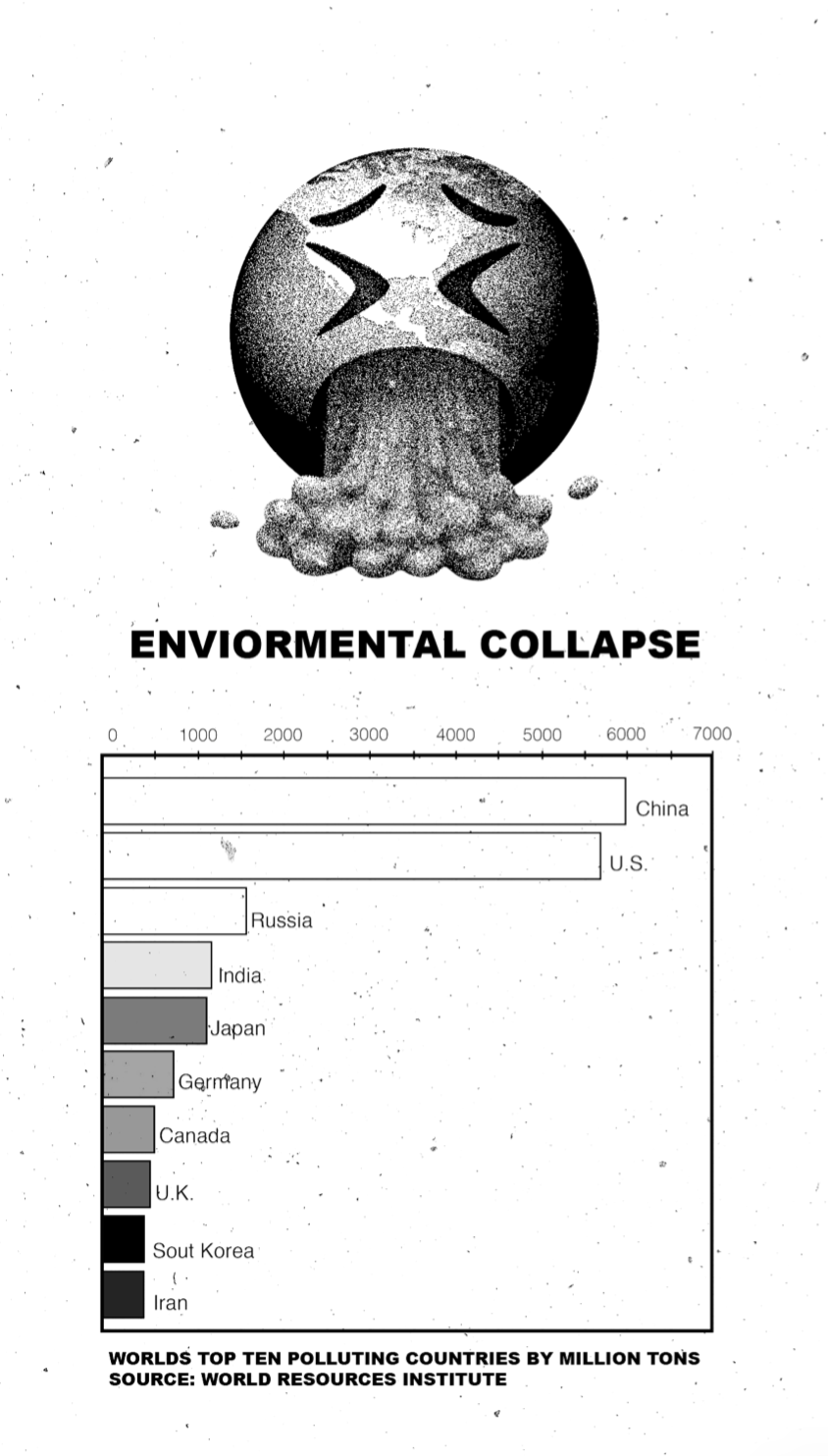communication inquiry
formerly known as applied communication theory
kansas city art institute // sophomore 2 // 2013–14, 2017–2021 [applied comm theory]
2022–present [communication inquiry, under our new curriculum]
course description as of 2022: we are in near-constant communication every day, yet most people have no idea of the underlying processes and concepts that govern how and why communication works in the ways it does. understanding the fundamentals of a range of communication theories is vital for graphic designers to practice effectively with a deep understanding of the “why” and “how” of what we do. through active and exploratory questioning, we will dig in to theories such as semiotics, rhetoric, modes of persuasion, narrative, communication theory and similar ideas to understand what they are, how they work, and their impacts on graphic design and society at large in both commercial and social/civic contexts.
view online course documents: course syllabus // umbrella prompt for the semester // idea generation lecture
course notes
in terms of subject matter, the designers are asked to identify a social issue about which they feel strongly [subject to some basic criteria for usability as a subject], that will serve as the basis for a large conference. they then have to use that social issue as content for projects during the semester. while most of our study is focused on the various communication theories, using this particular content teaches designers that their work can also serve the social good and/or contribute to a critical dialogue about important topics.
objectives
you will be graded on how much/well you…]
70% of the course:
through projects and presentations, demonstrate a basic understanding of semiotics, rhetoric, modes of persuasion, communication theory and/or other theories of perception.
develop projects that visually show how those theories work.
through design work or writing, illuminate the impacts of these theories on graphic design and society at large, particularly on bipoc, underrepresented, underresourced and/or non-western populations.
ask quality questions of all types, and do so with frequency and energy through your project work.
show attention to detail and high level of craft in presentations of work and the work itself, including the level of clarity, quality and refinement achieved in final presentation design.
30% of the course
demonstrate an ability to present and articulate written and verbal ideas and methods, to cultivate effective listening skills, and to participate in intercultural and intersectional discourse, in multiple formal and informal settings, with peers and professors. [engagement through dialogue of all types]
“show up” and give focused attention to the task at hand – active project work time, lectures, workshops, field trips, and all other class-time activities. [engagement through class-based attention and activities]
demonstrate a strong work ethic, curiosity, and motivation for self-teaching; consistent level of effort from concept through refinement to completion. [engagement with your design process]
project 1: semiotics / code creation
project brief
semiotics lecture 1 | semiotics lecture 2 | symbols | conference badges
connotation workshop: to create a concrete link between the semiotic terms “connotation” and “denotation” and the act of making, students select an icon to draw and have to change the connotation of that same icon multiple times through selections of various modifiers like materials or adjectives like “chubby” or “geometric”.
anchorage and relay workshop / forced connections: as a way to test our desire to make meaning out of most anything, students are asked to play with various simple 1-1 combinations of image/text, text/text, and image/image to see what new meanings might be made.
project 2: visual rhetoric
project brief
visual rhetoric lecture | hank willis thomas | noma bar
olivia scheible
project 3: narrative theory
project brief
narrative/story lecture 1 | narrative/story lecture 2 | transitions lecture | editing lecture
adam lock
adam lock
adam lock
adam lock
maddy dreyer
georgia harrell
project 4: modes of persuasion
project brief
modes of persuasion video lecture | information design lecture | diagrams lecture
learning summary presentation – jack thomas
applied communication theory
course materials and student outcomes
project 1: visual language creation – semiotics
project brief
semiotics lecture 1 | semiotics lecture 2 | organizational strategies lecture
semiotics reading 1 | semiotics reading 2 | semiotics reading 3 | semiotics reading 4
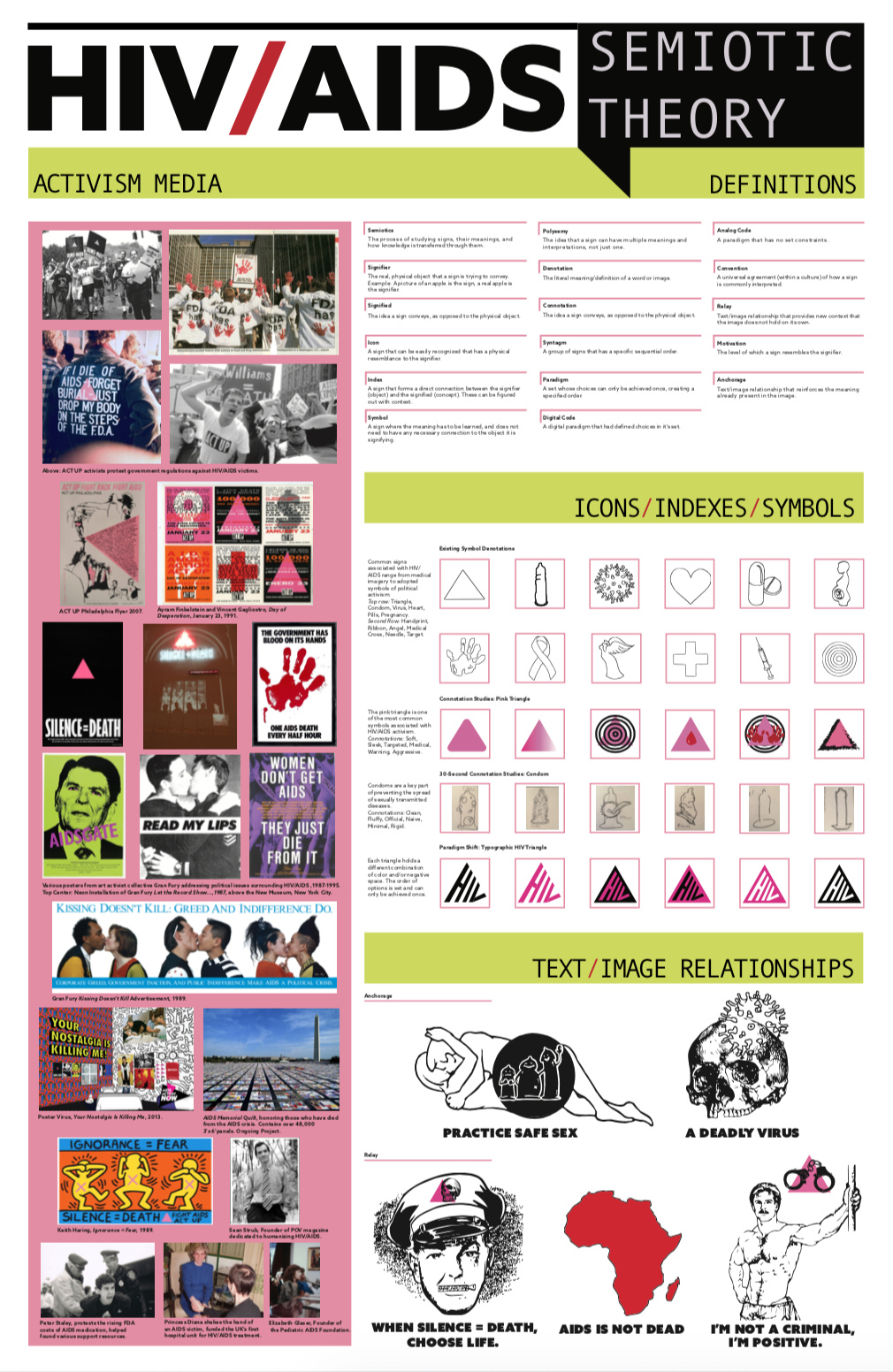
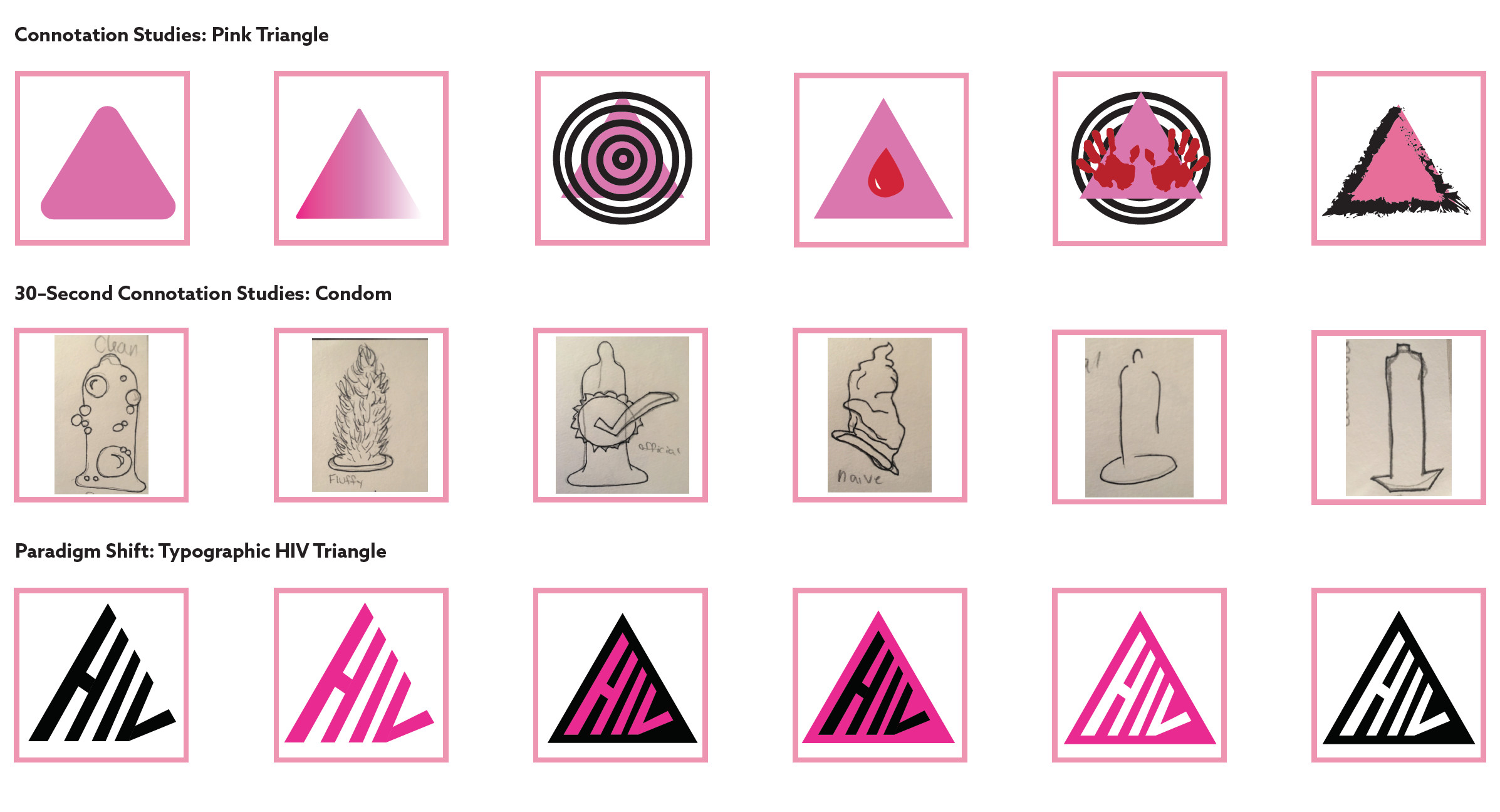
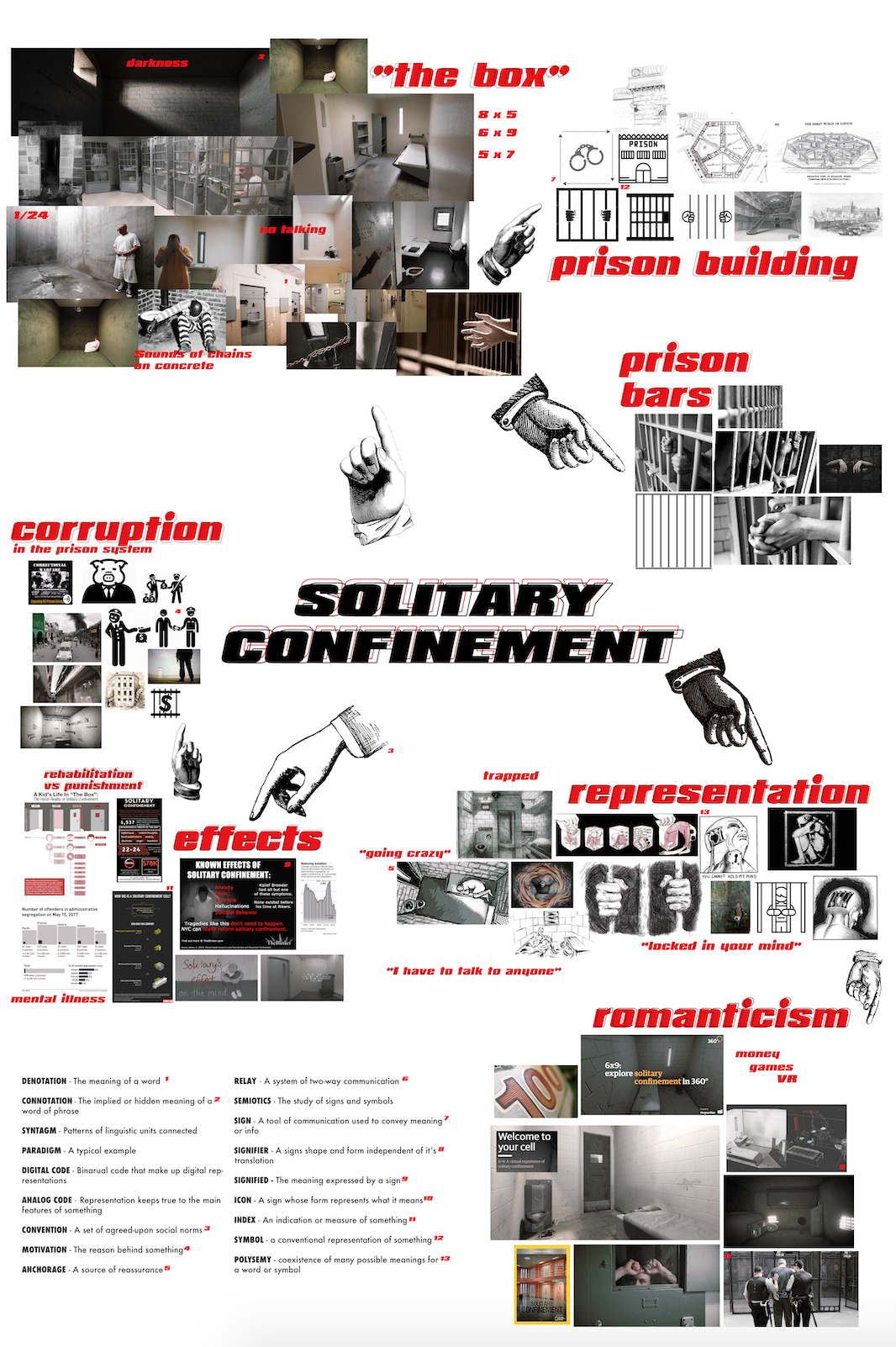
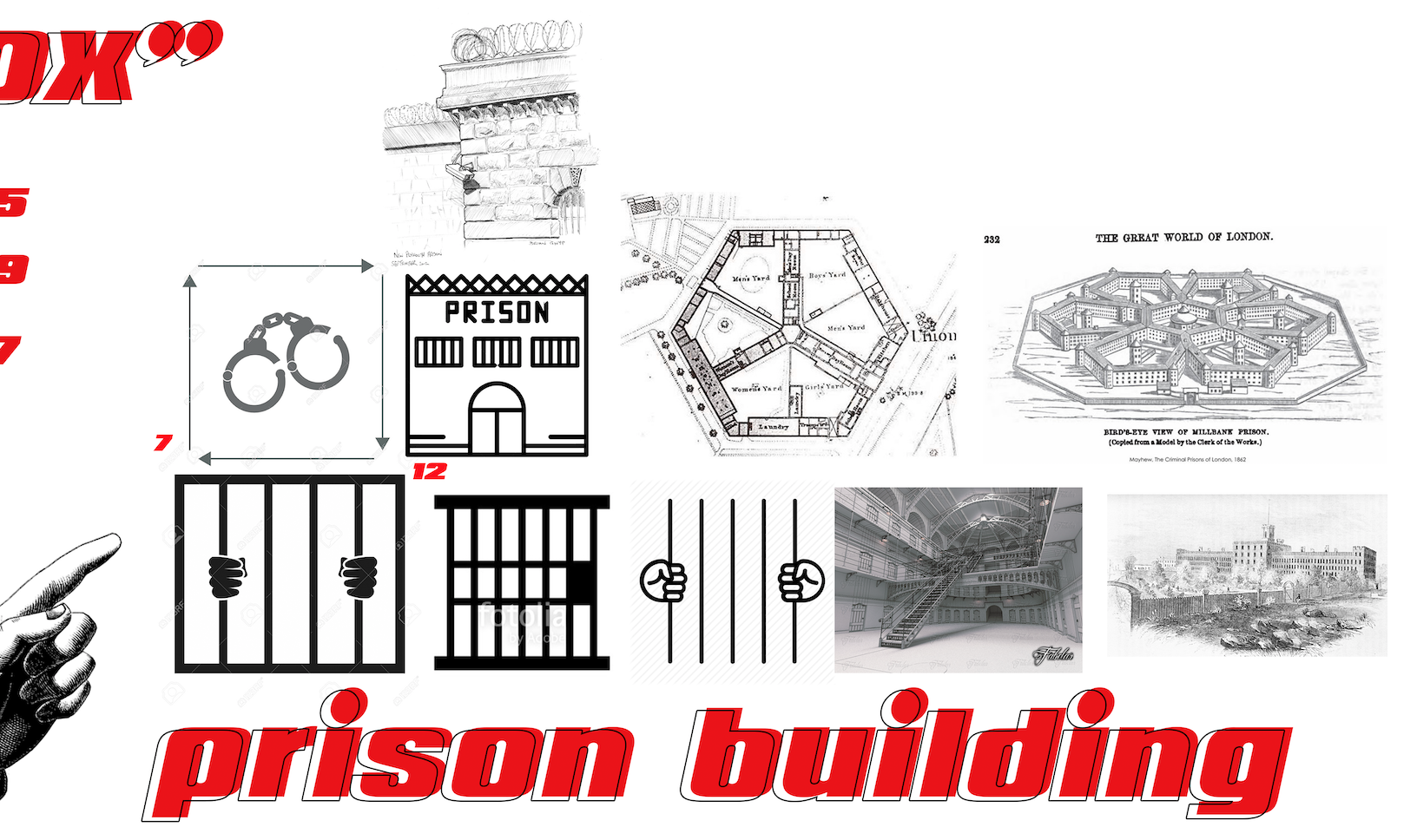


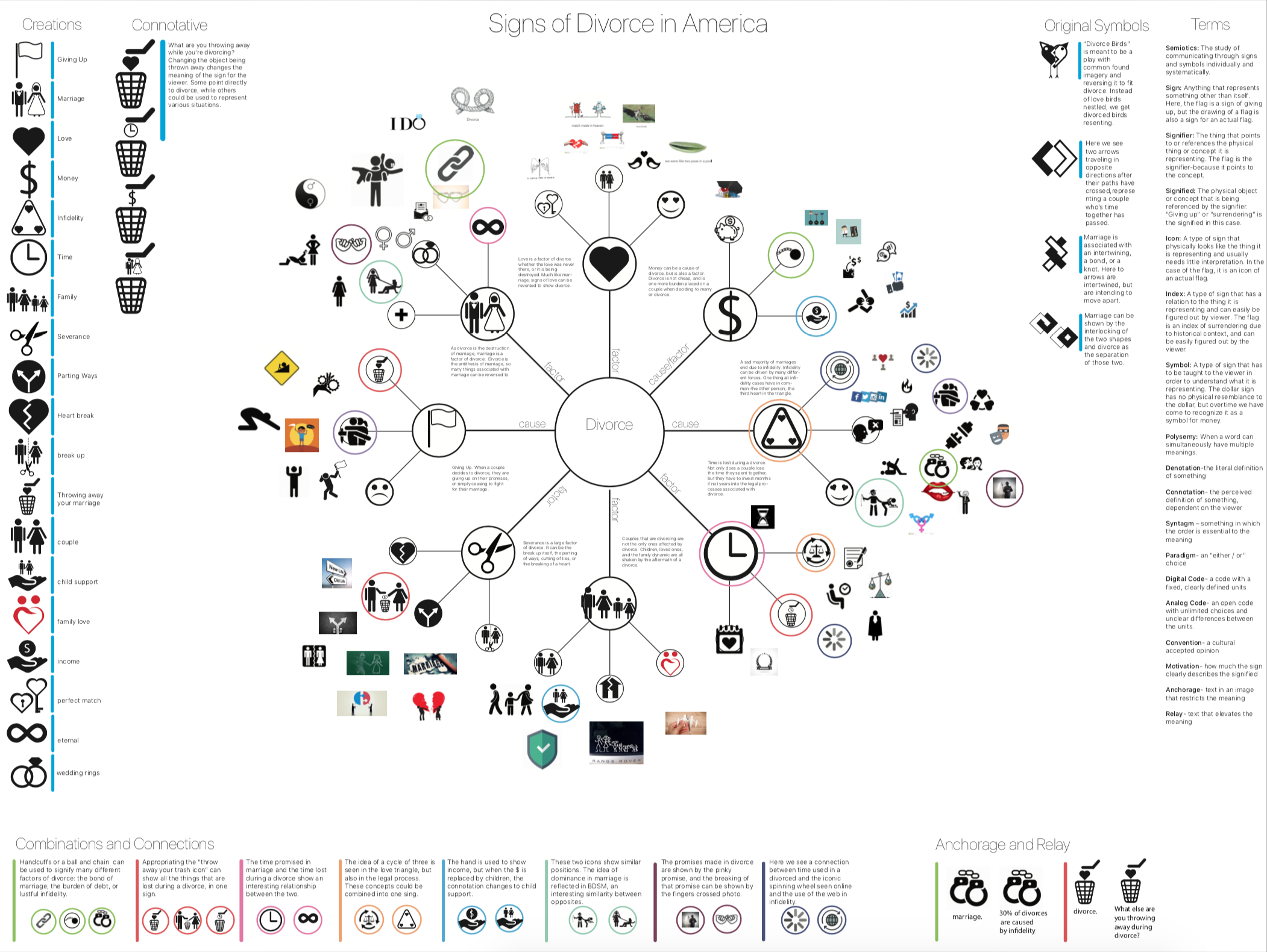
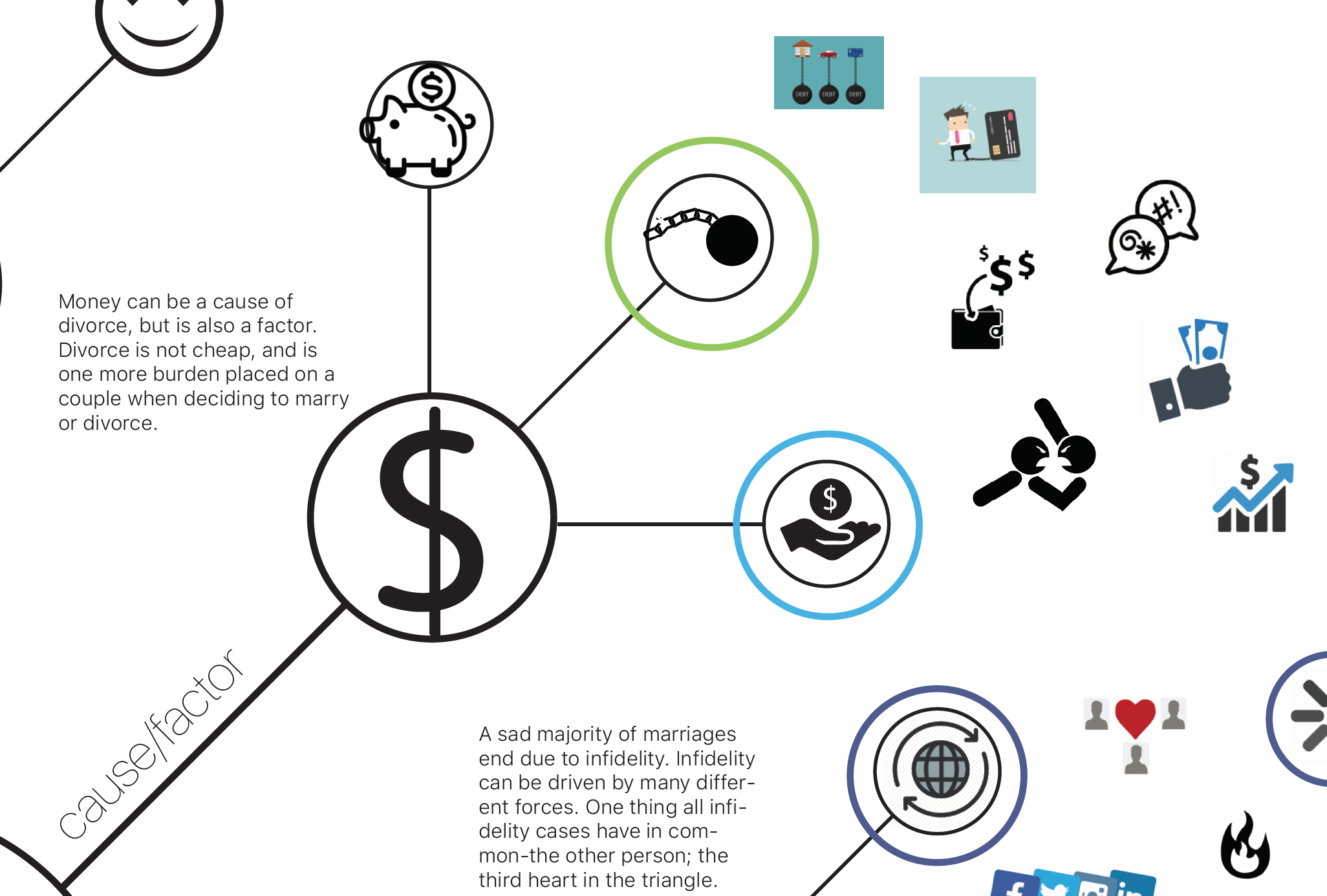
project 2: modes of persuasion
project brief
modes of persuasion video lecture
idea generation lecture
reading on information graphics [logos]
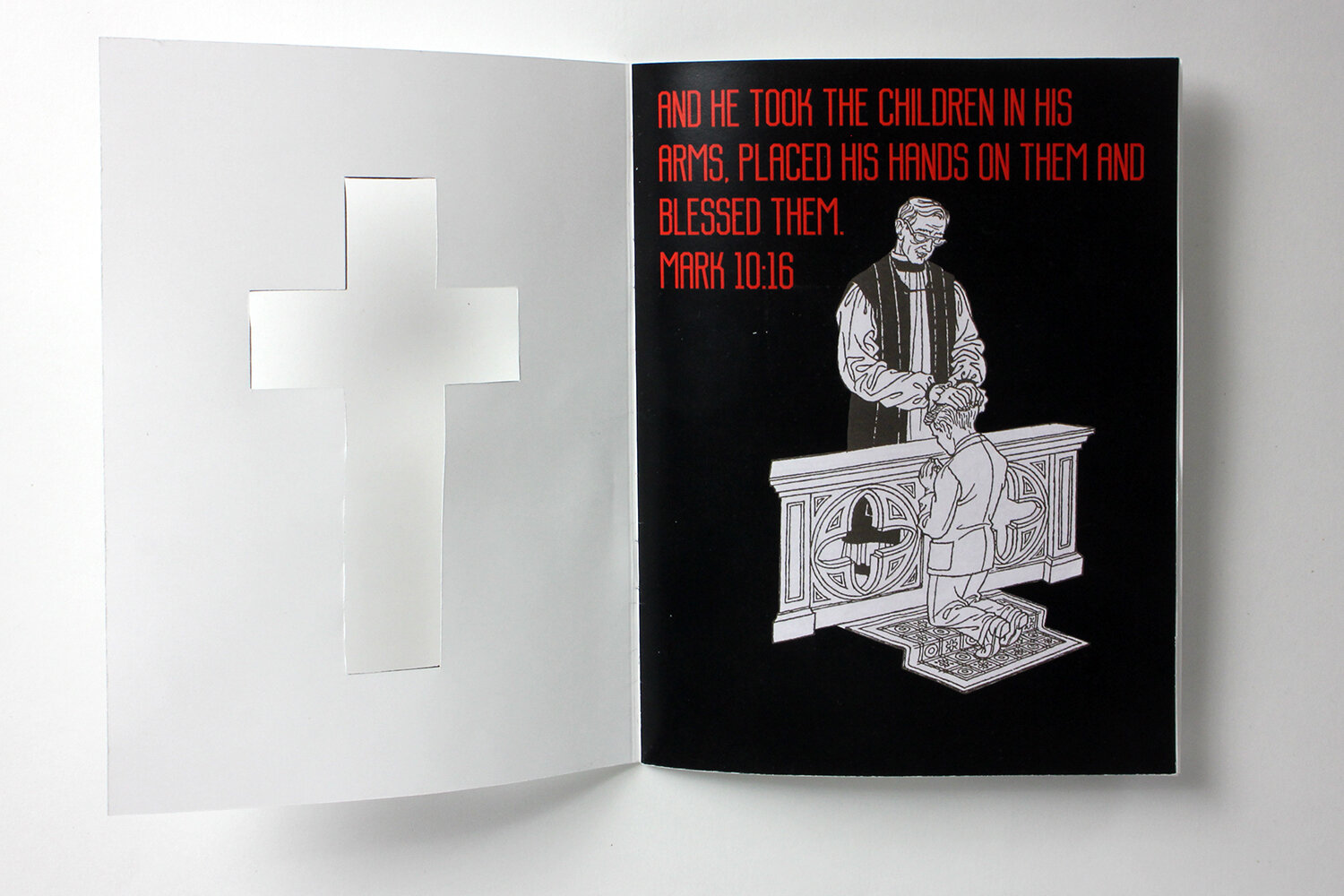
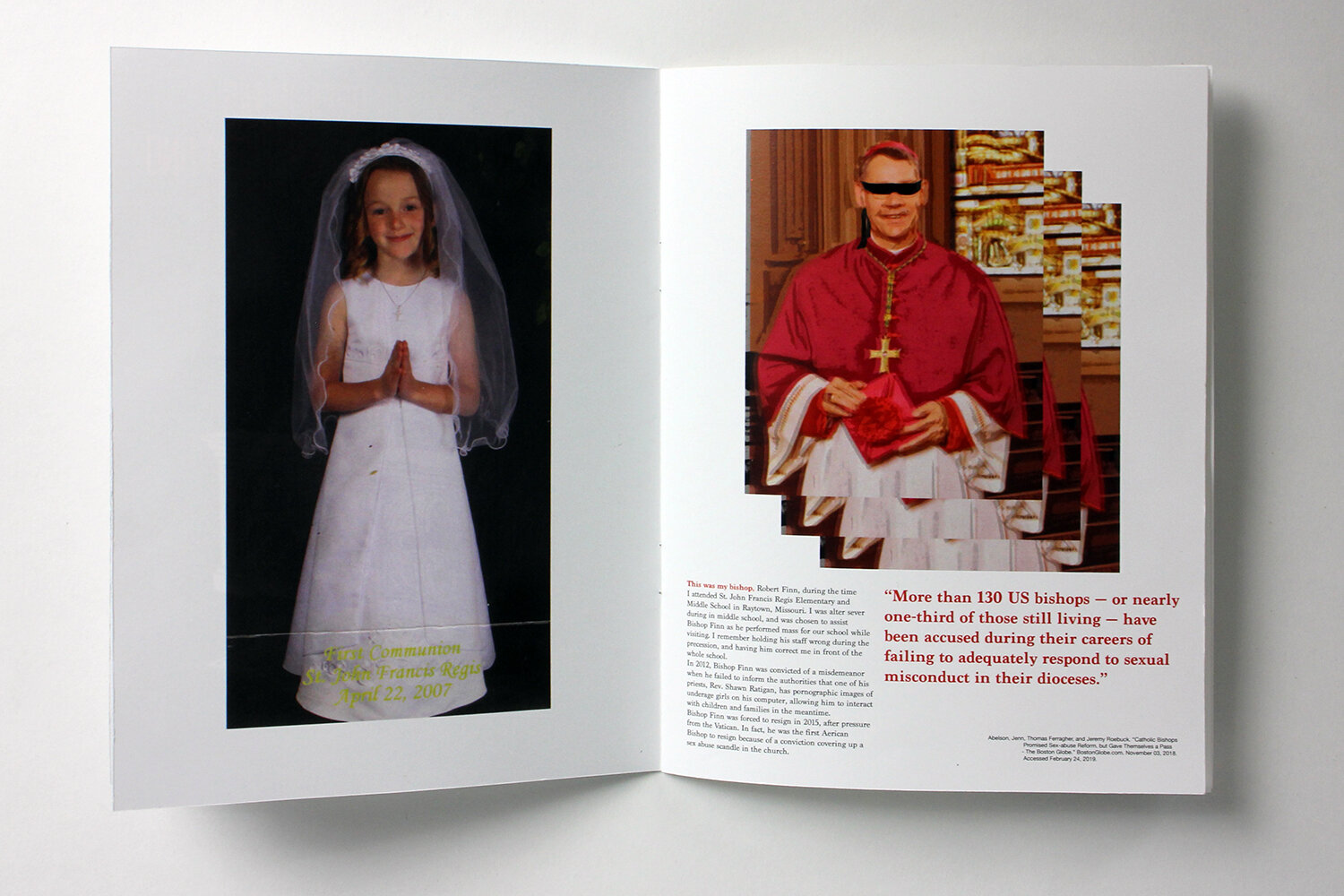
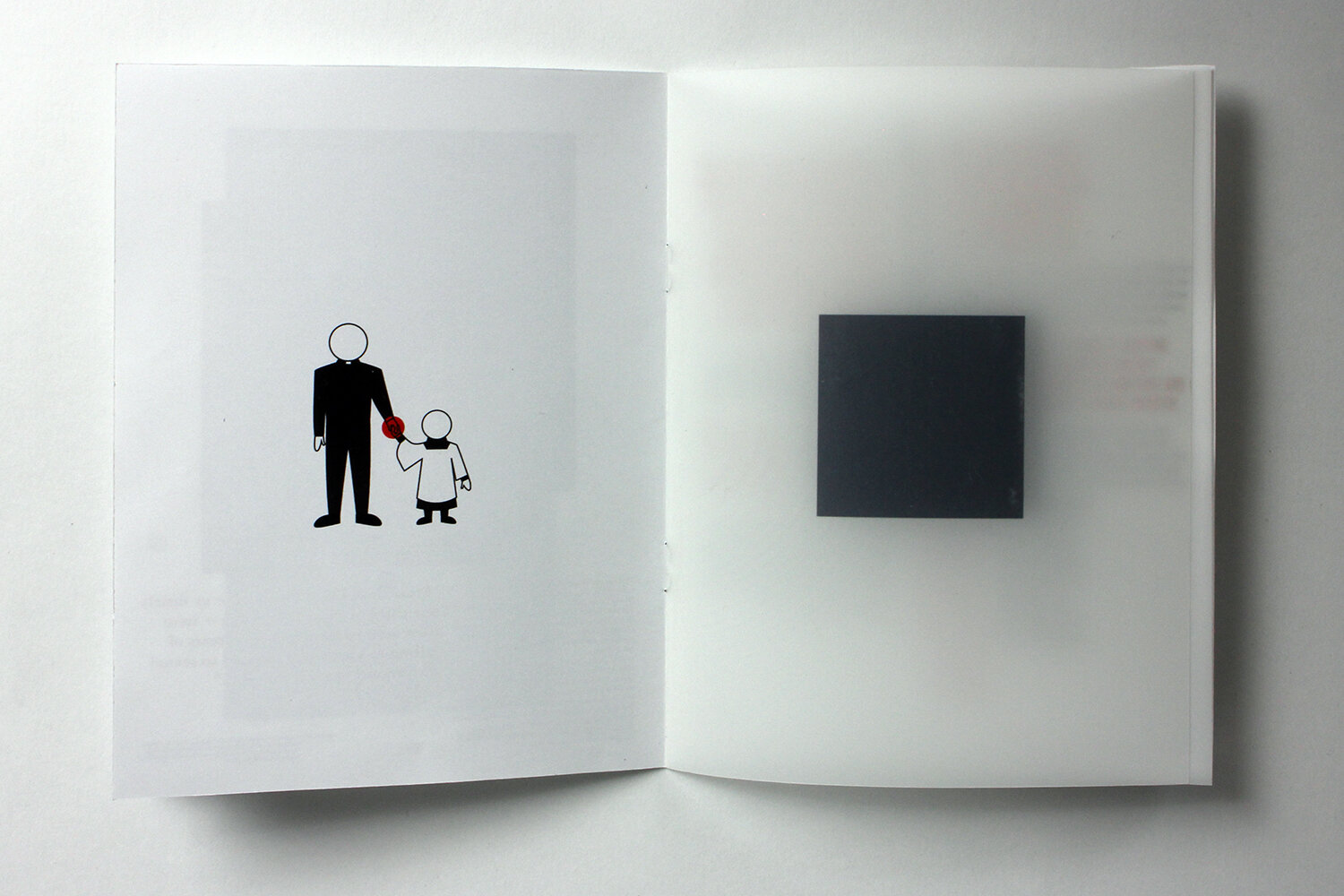
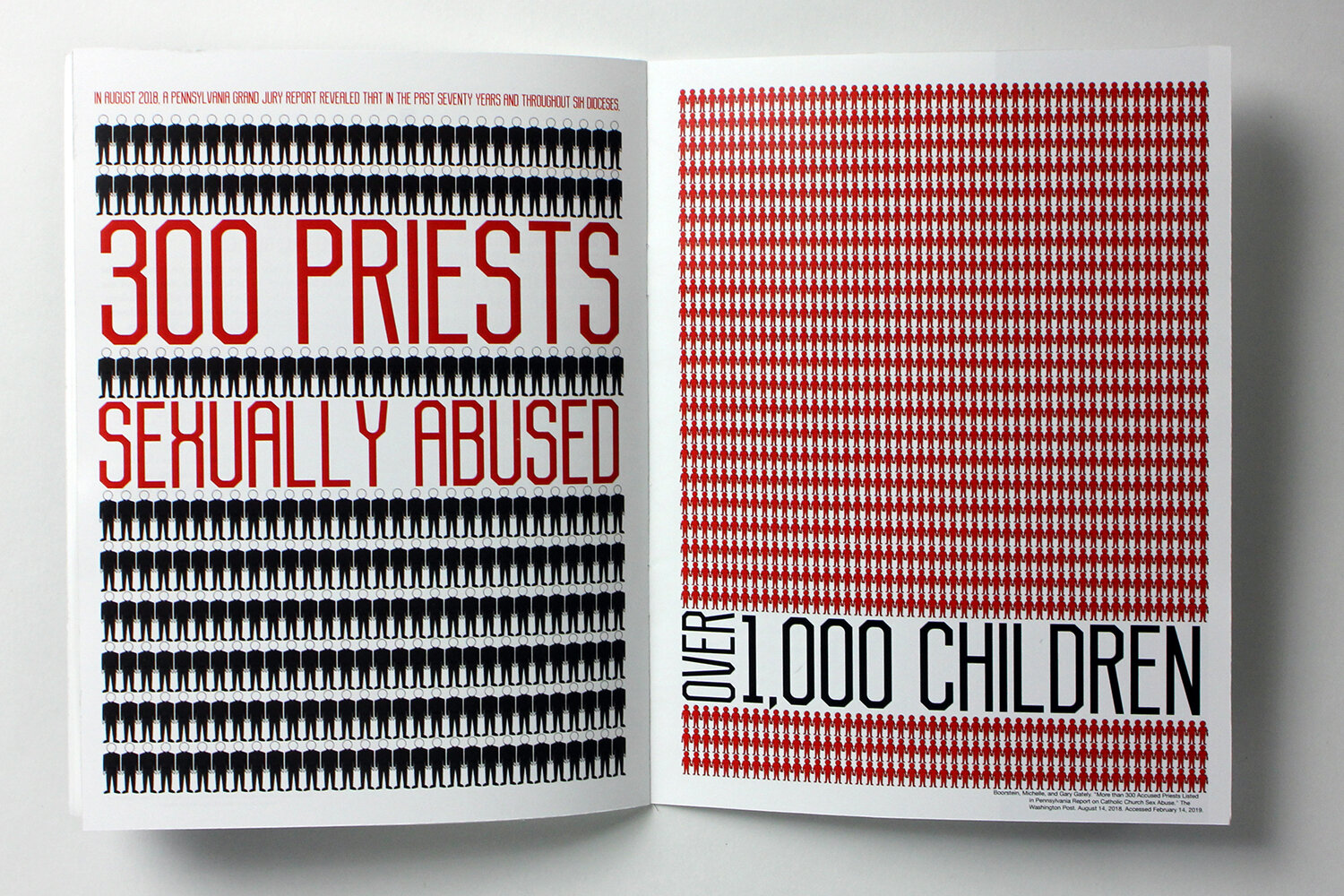
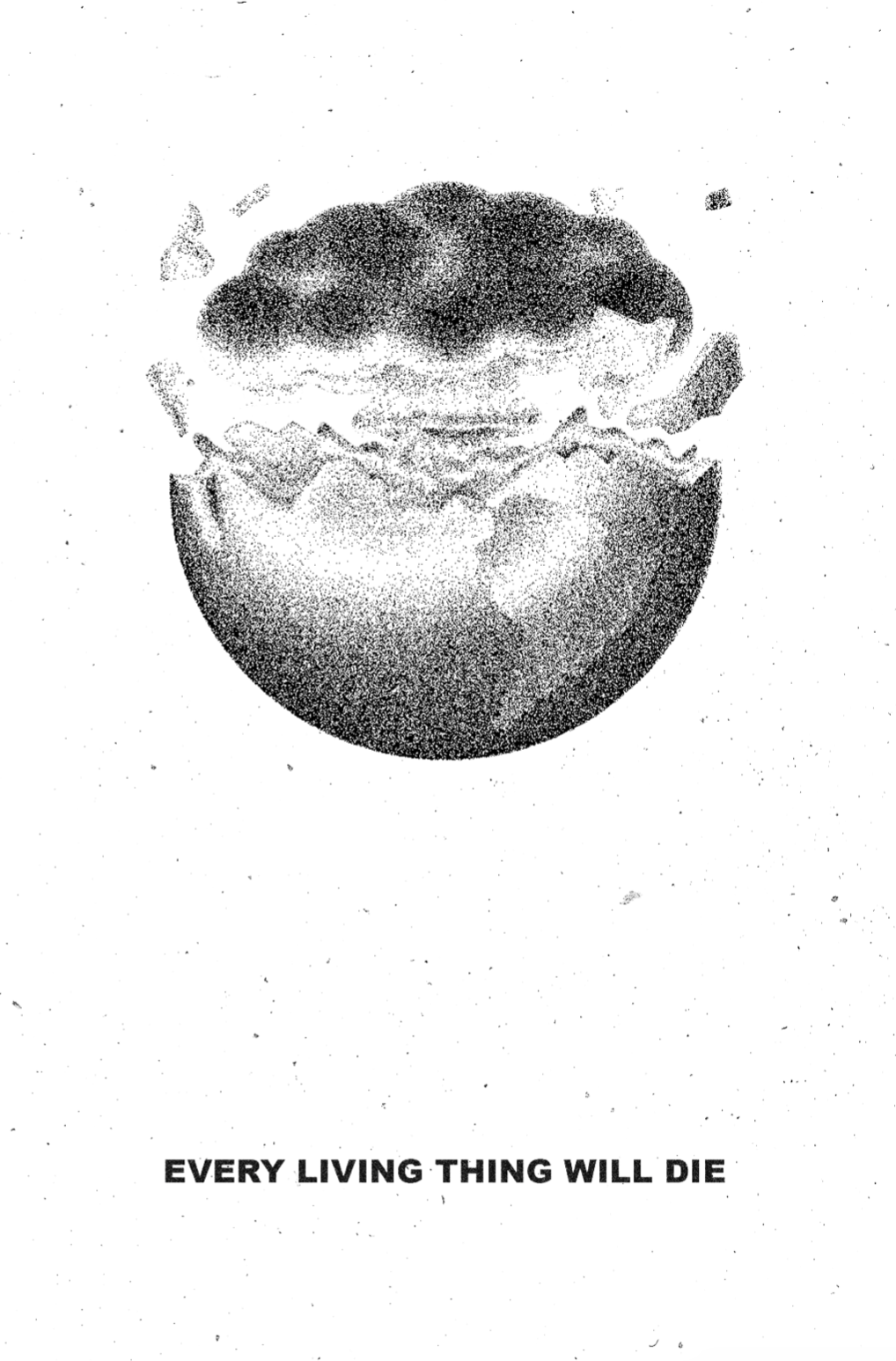
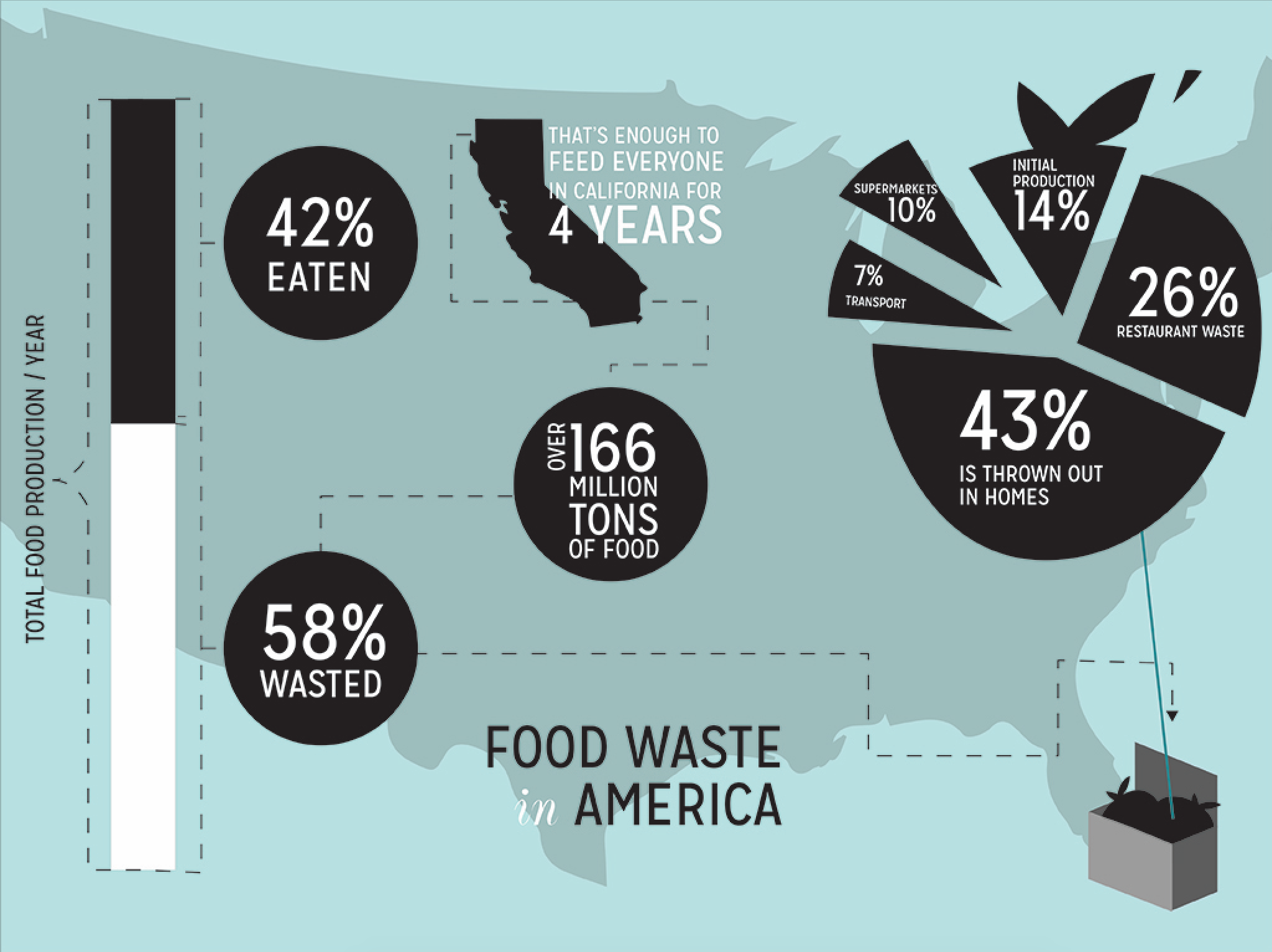
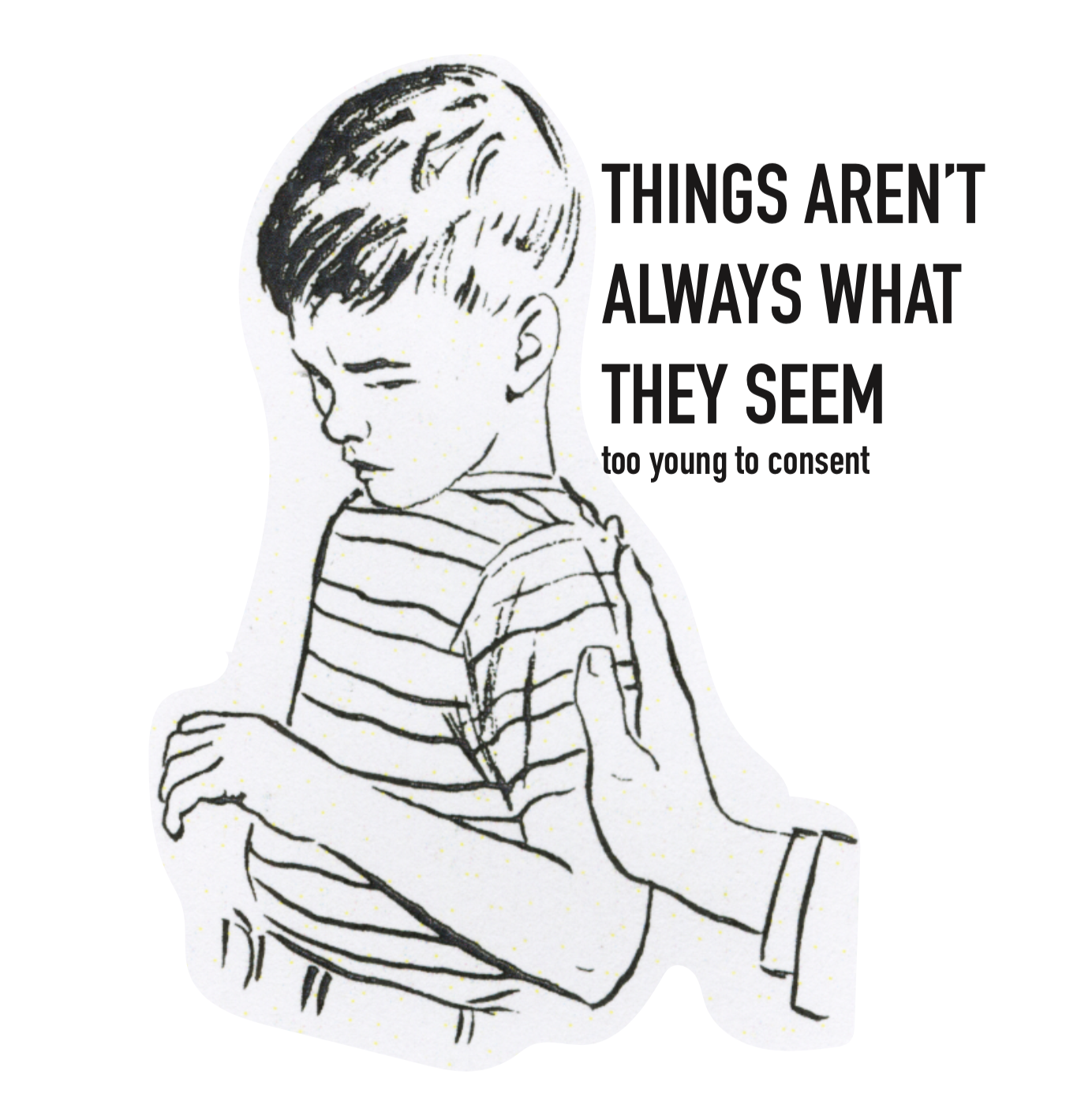

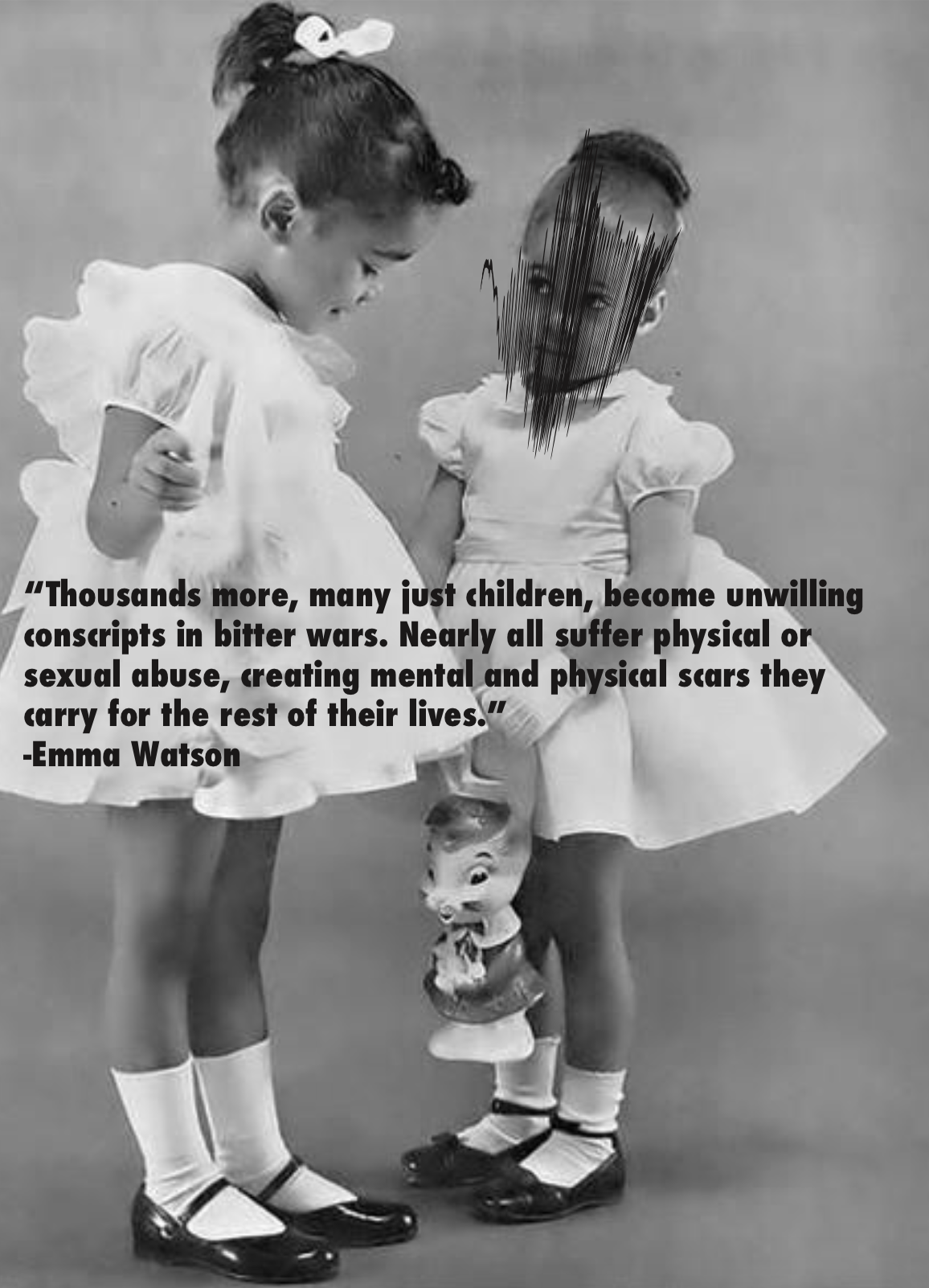
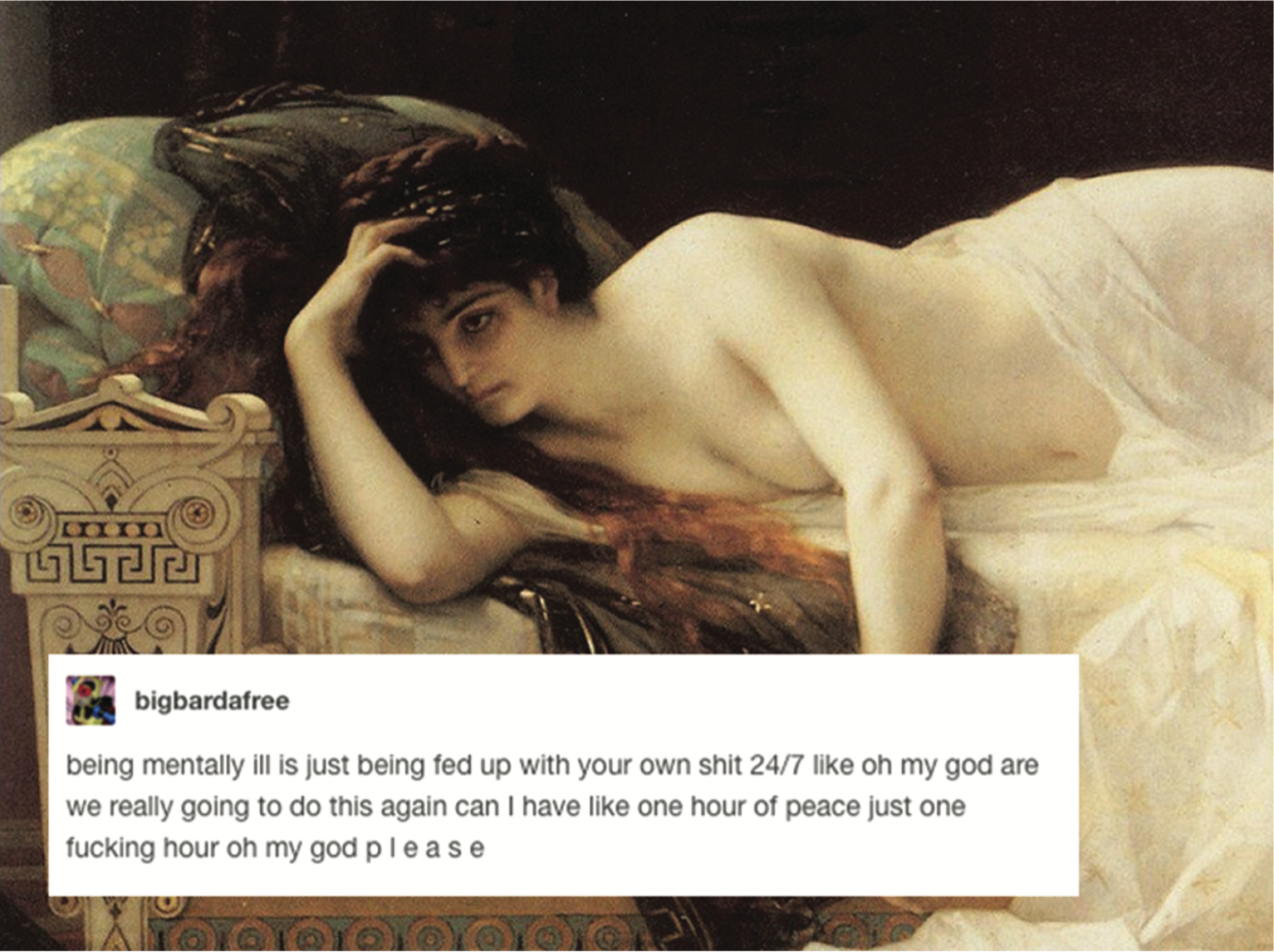
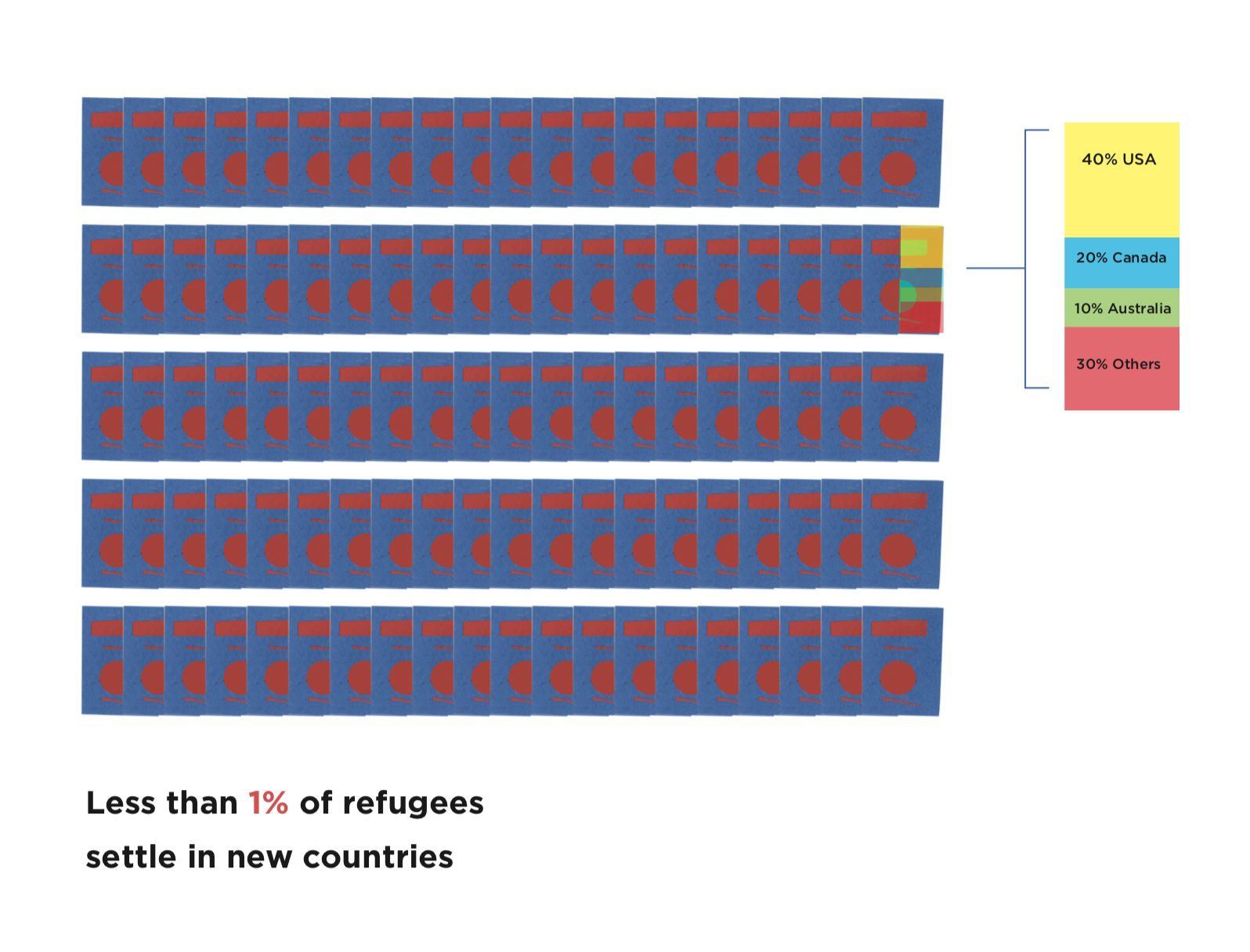
project 3: communication model
view project brief
communication models lecture | message cycle lecture
communication models reading

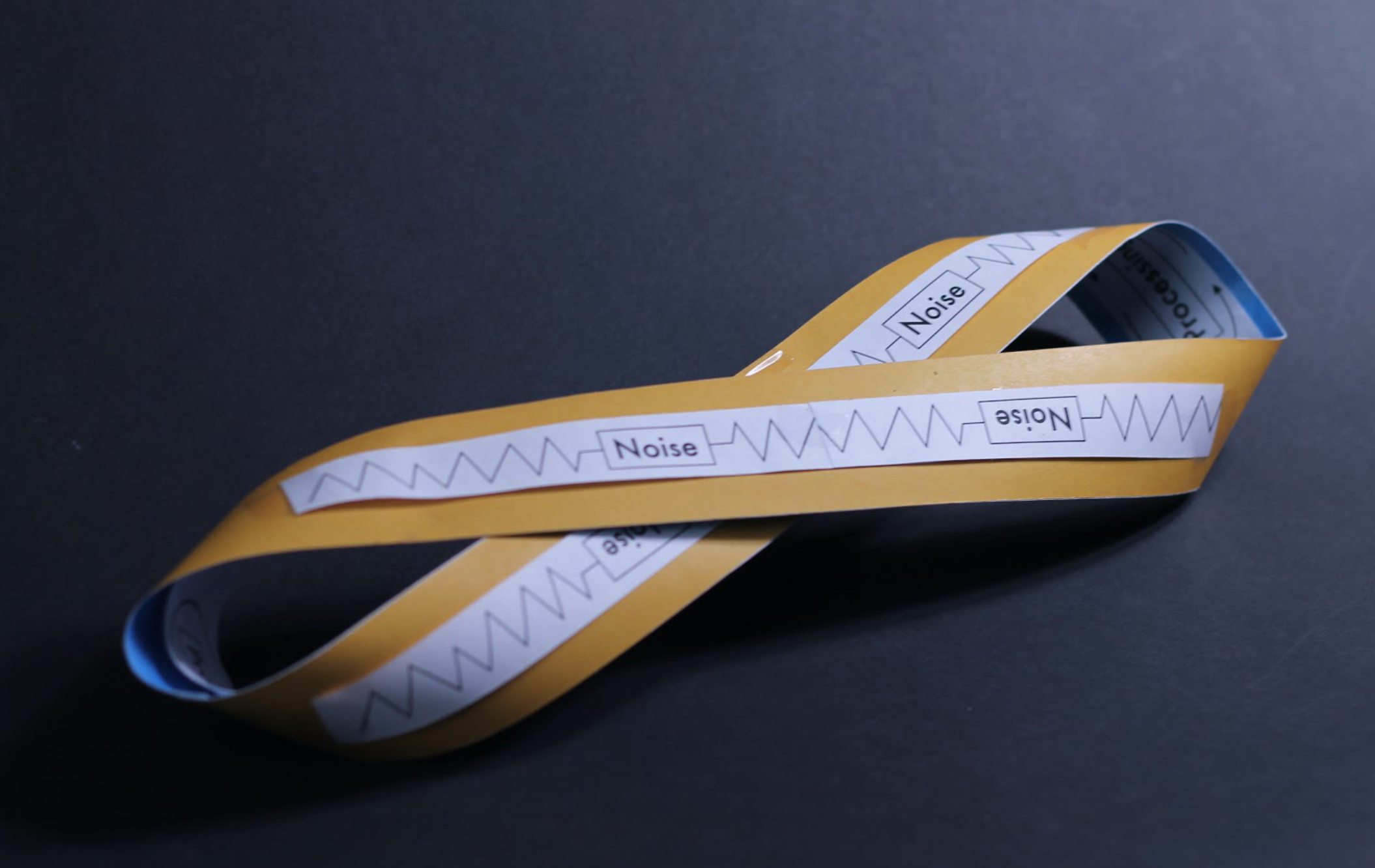

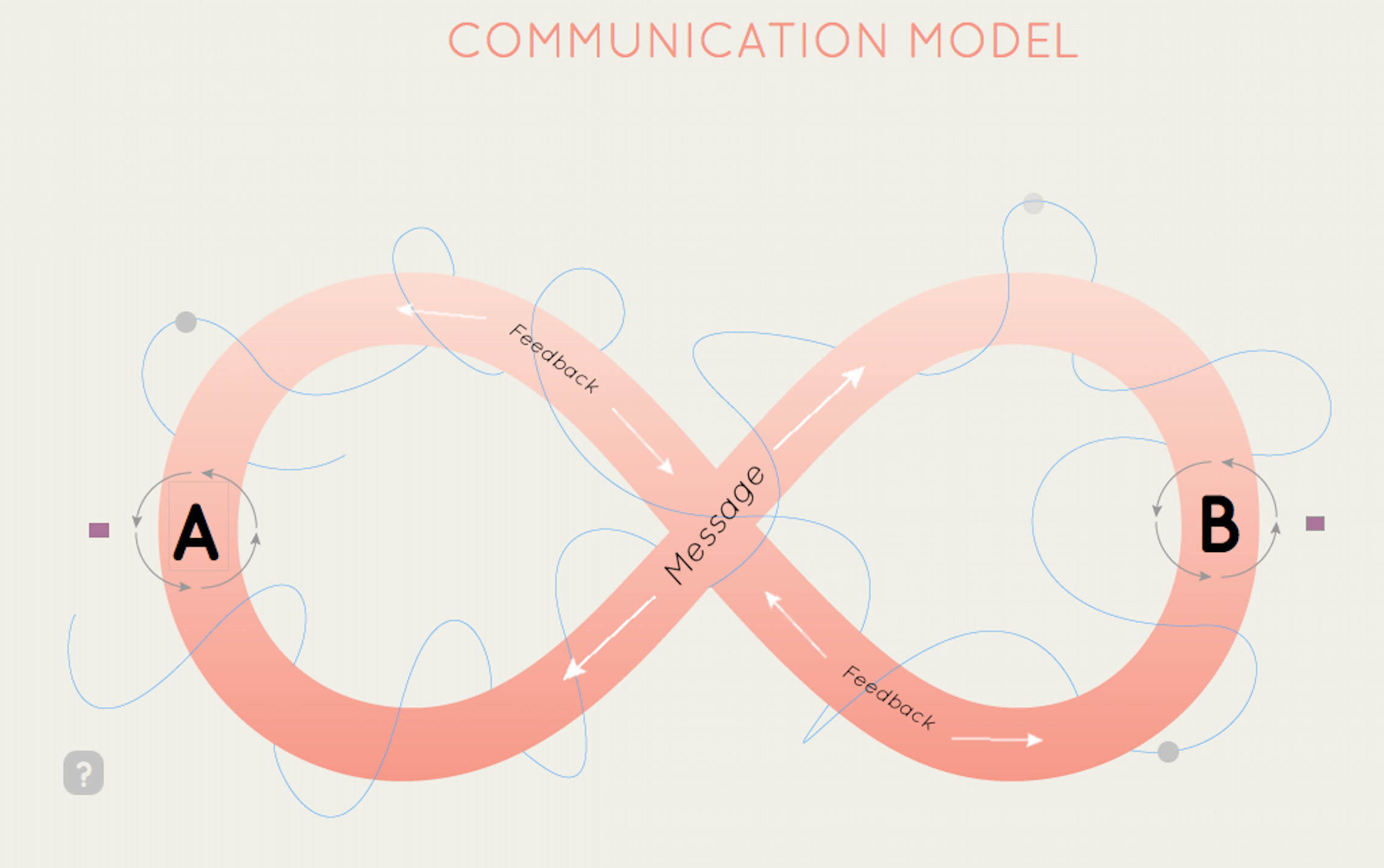
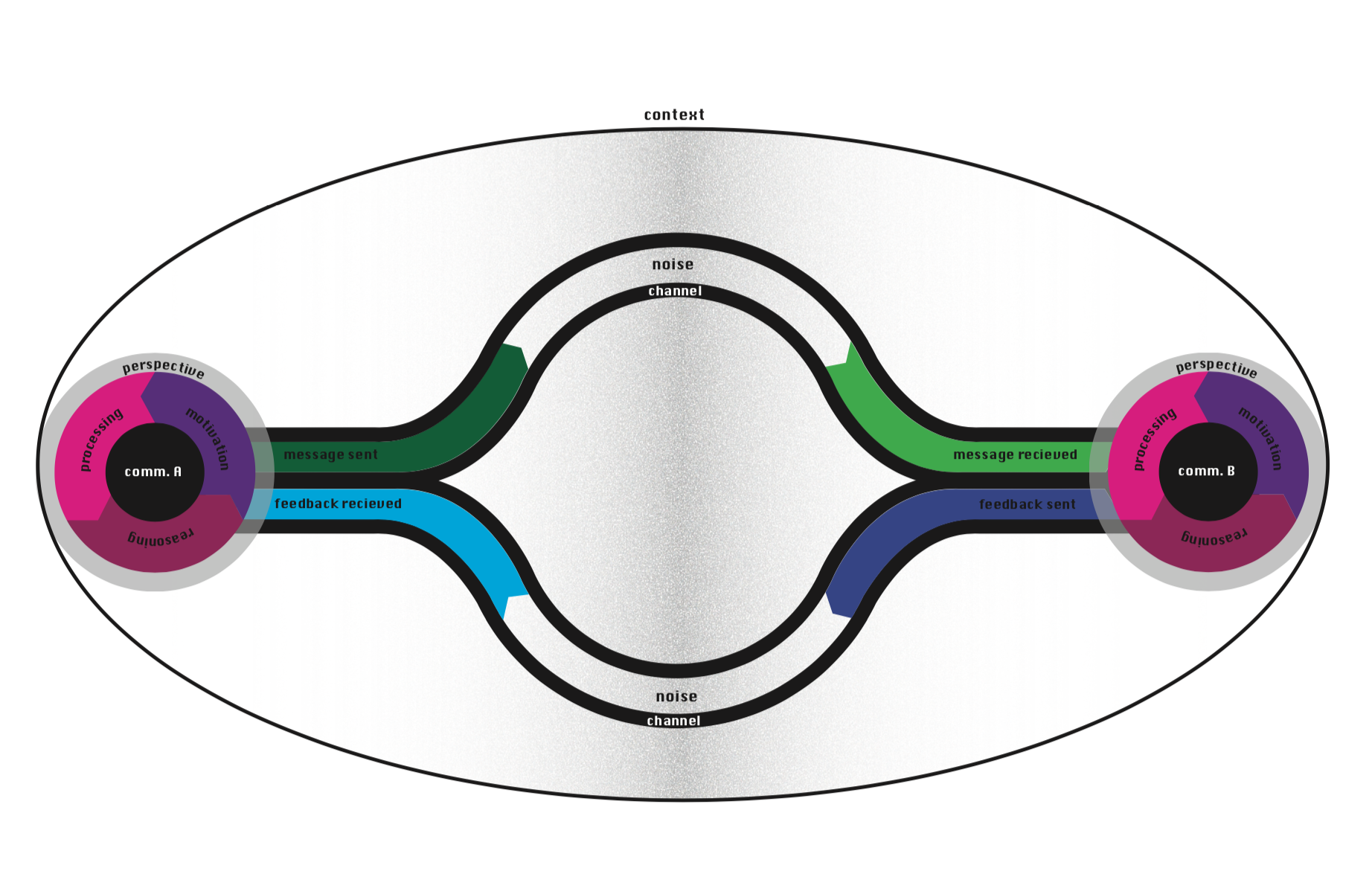

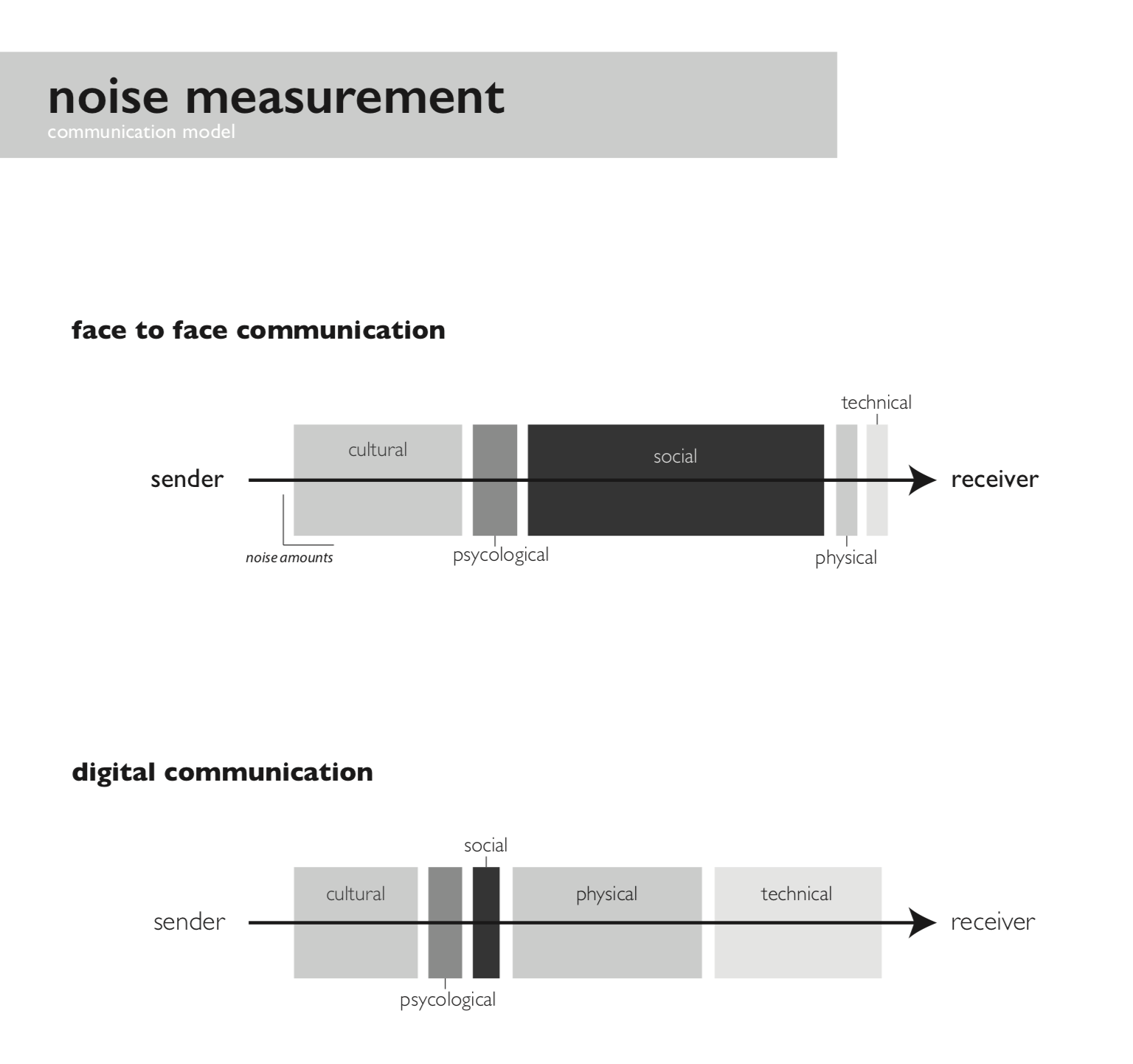
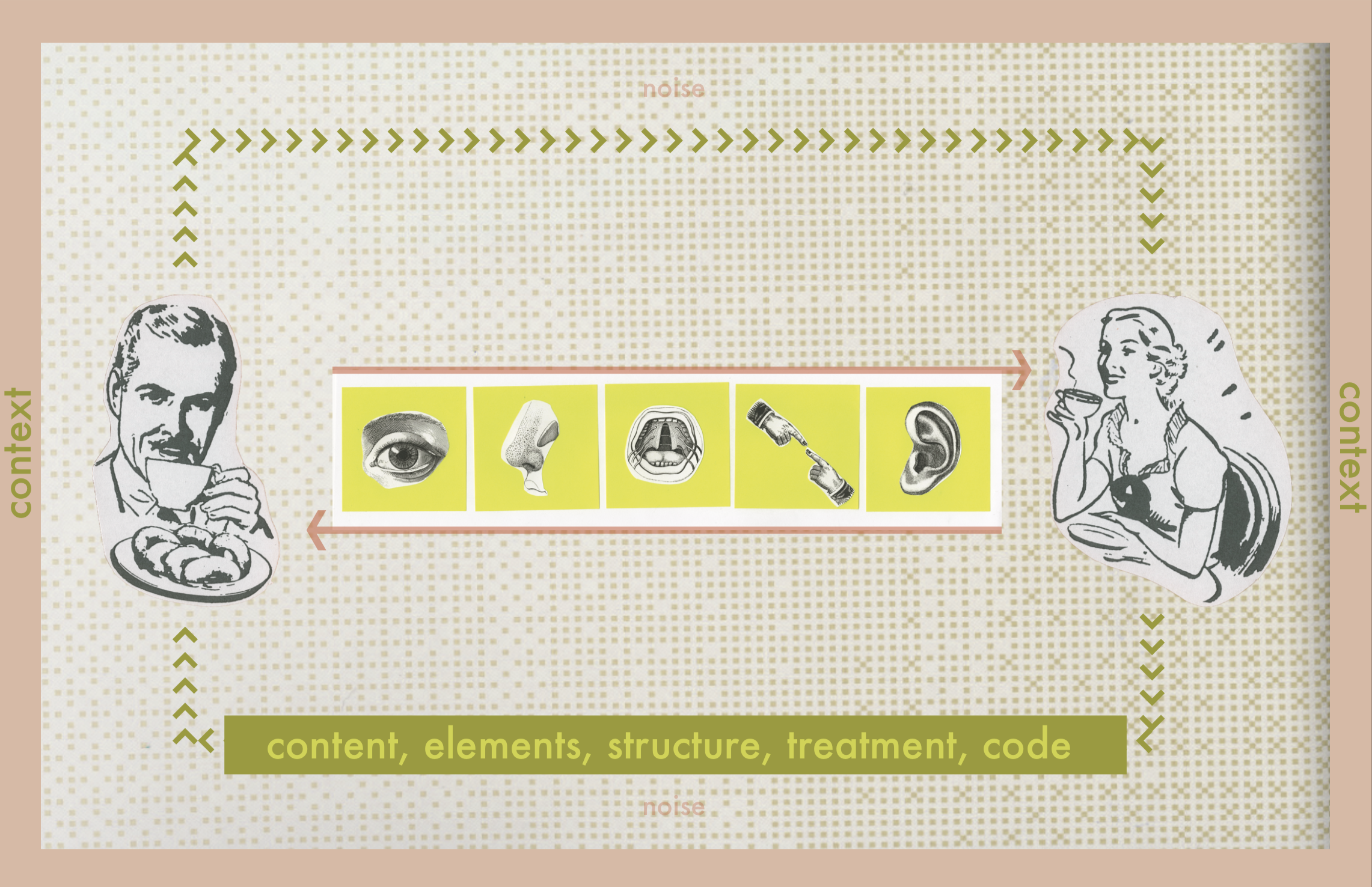
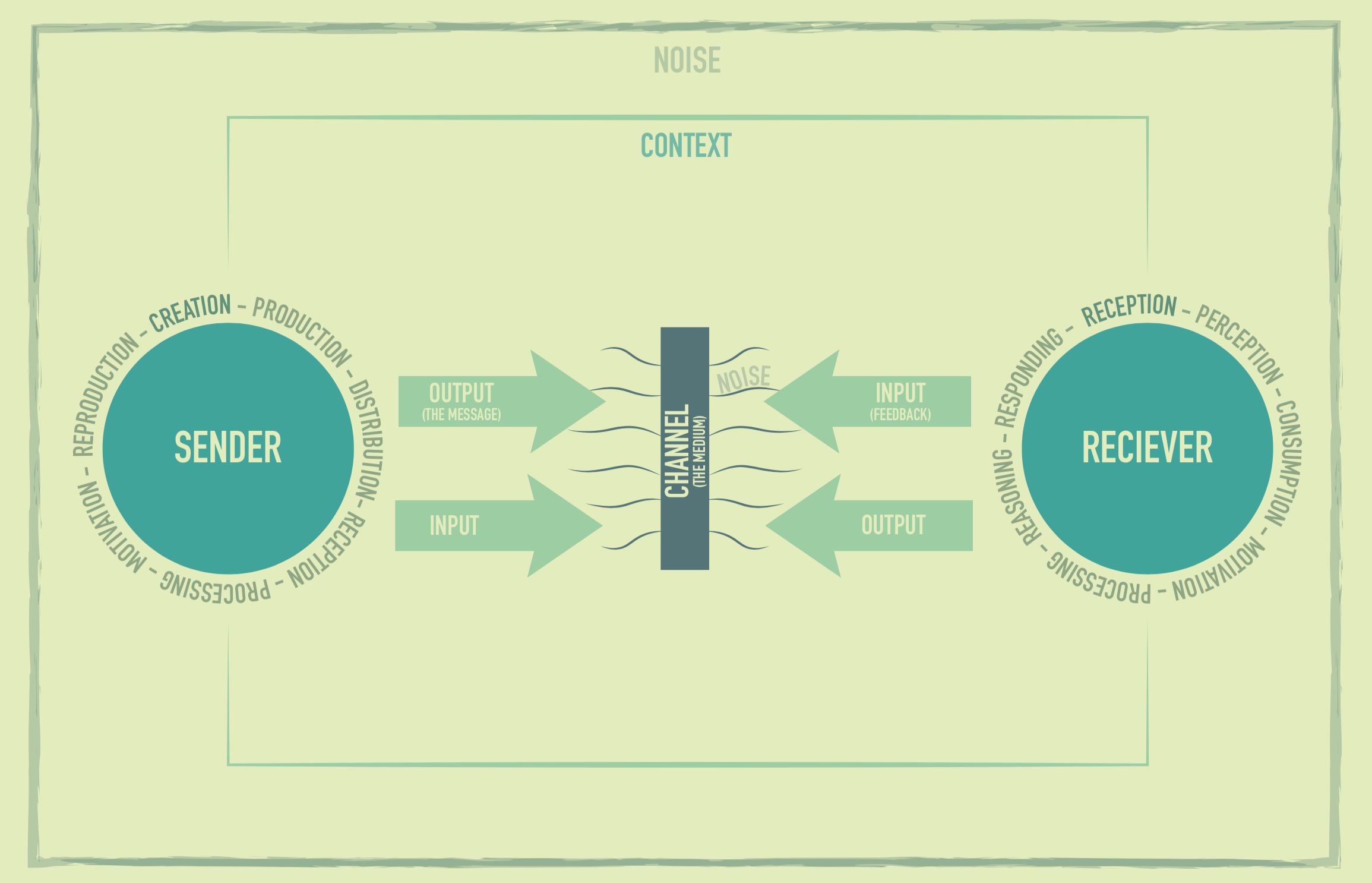
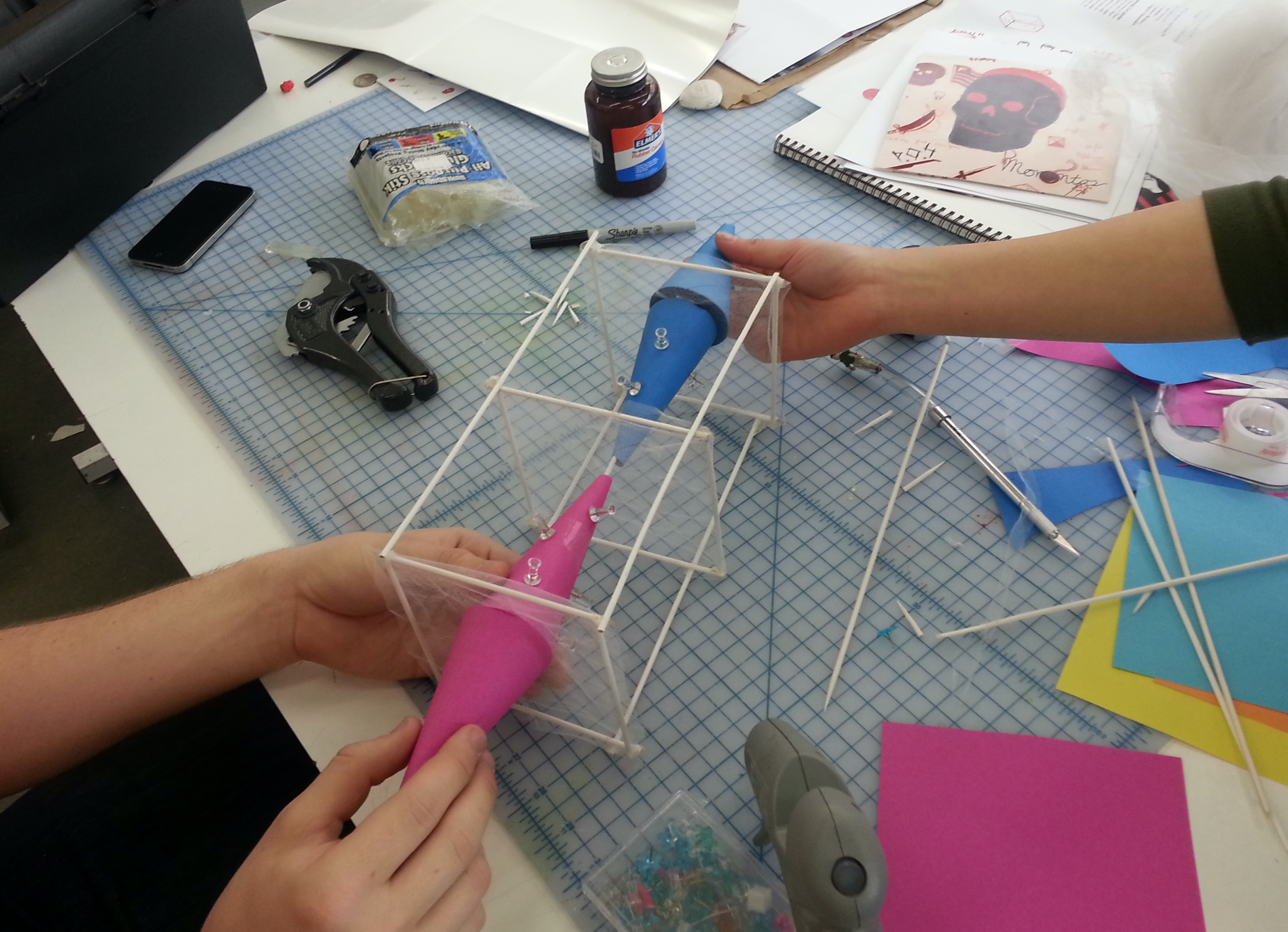
project 4: the social poster and beyond
view project brief
rhetoric lecture
graphic wit reading
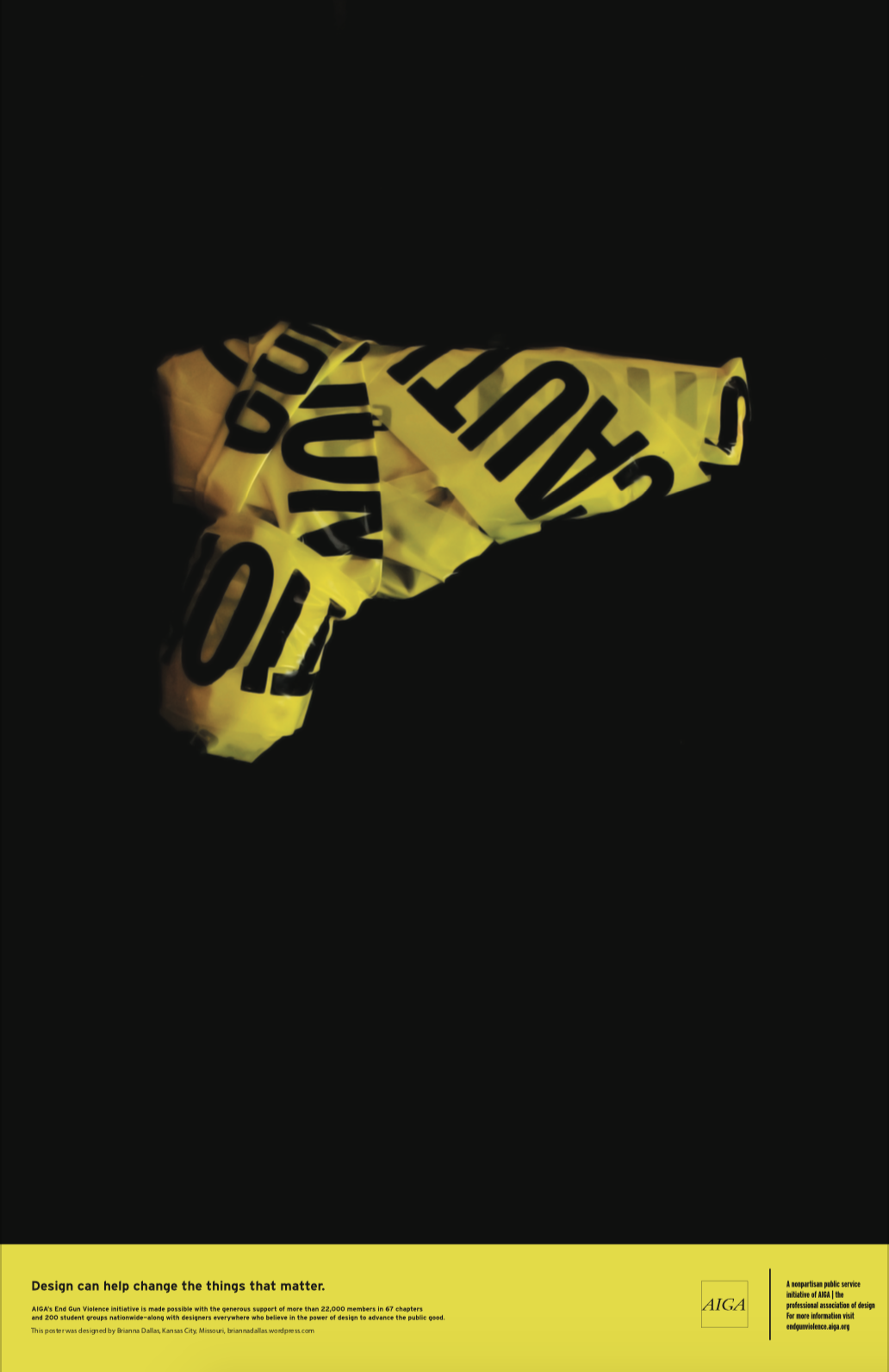
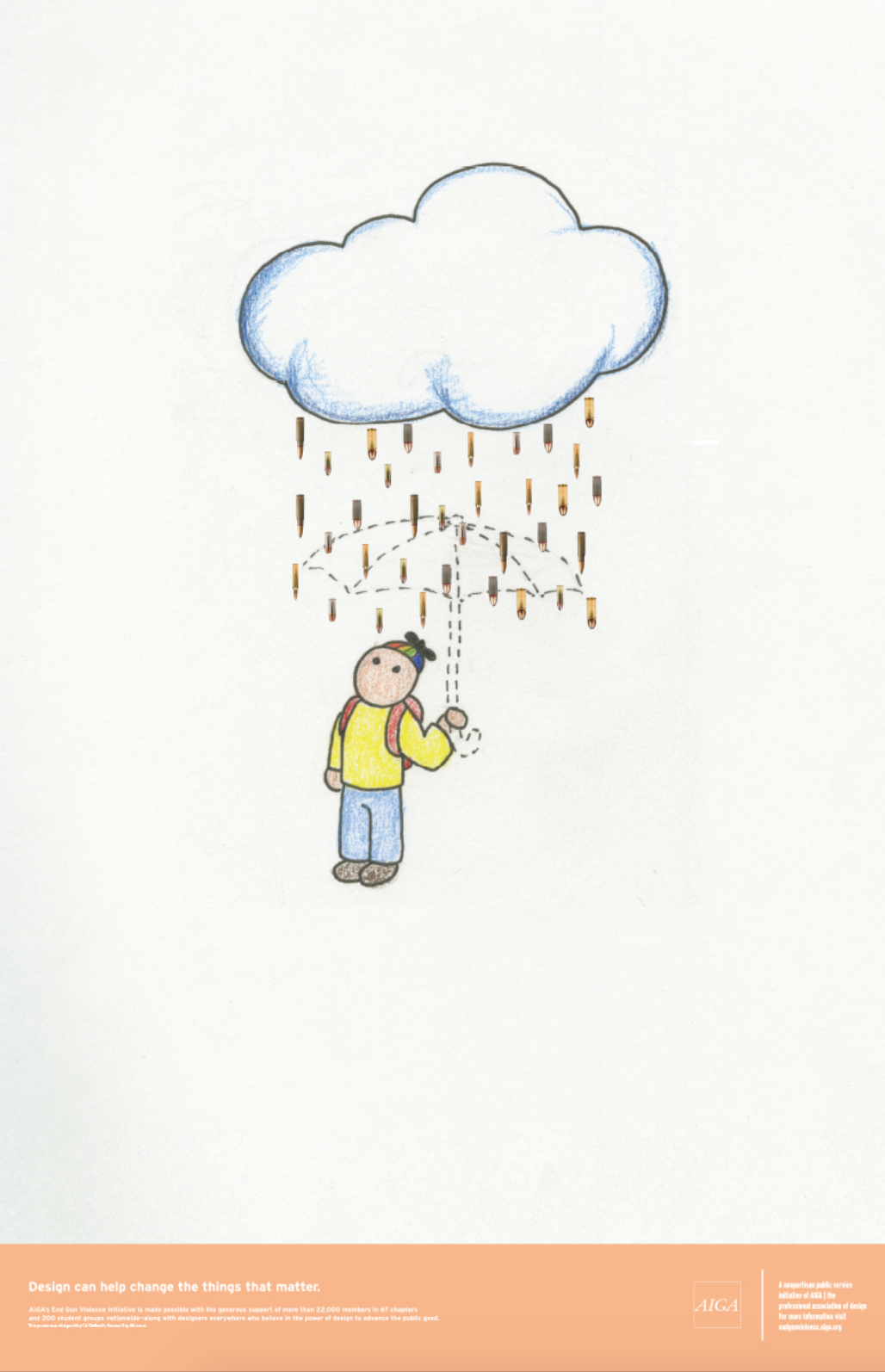
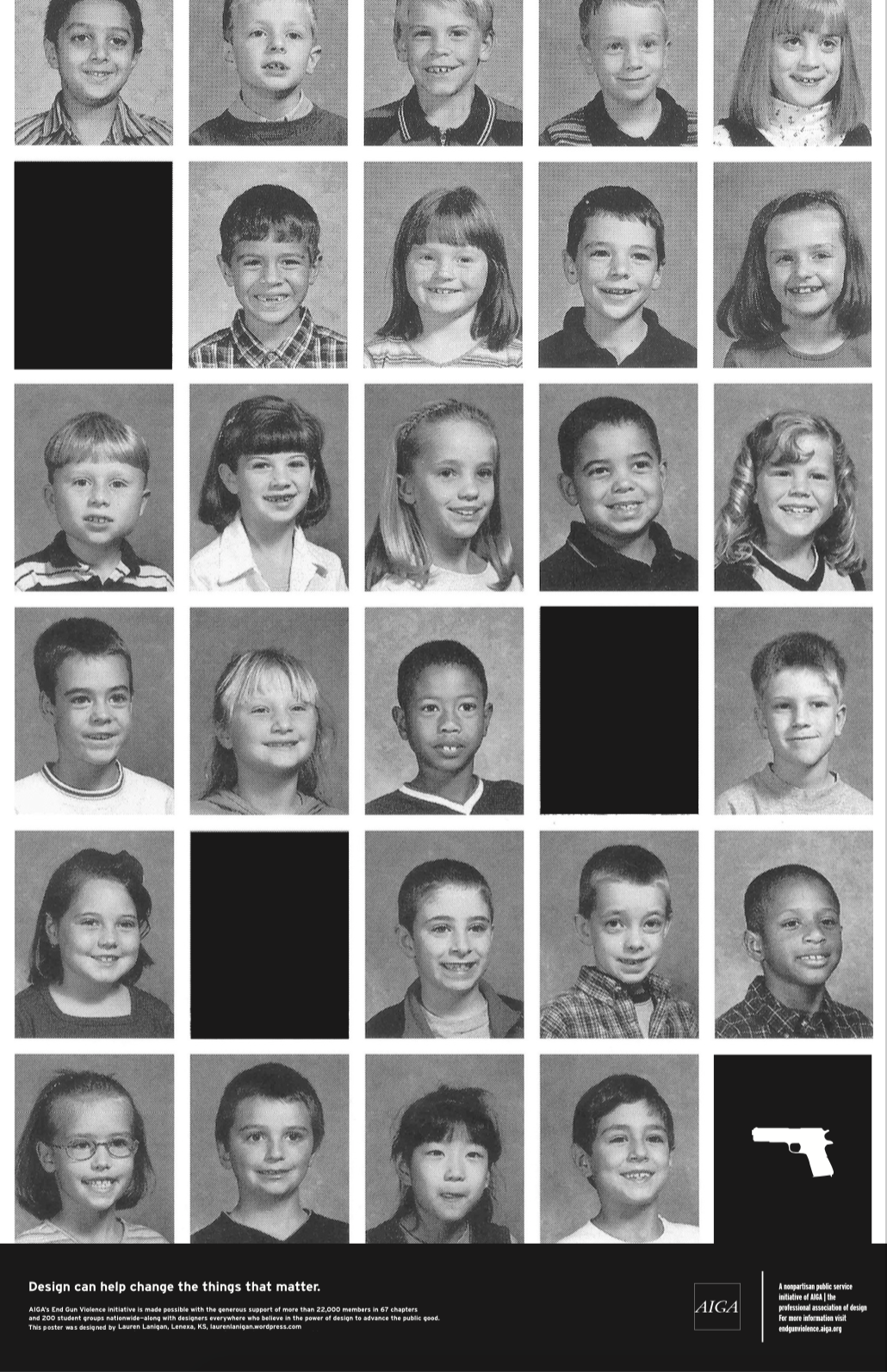
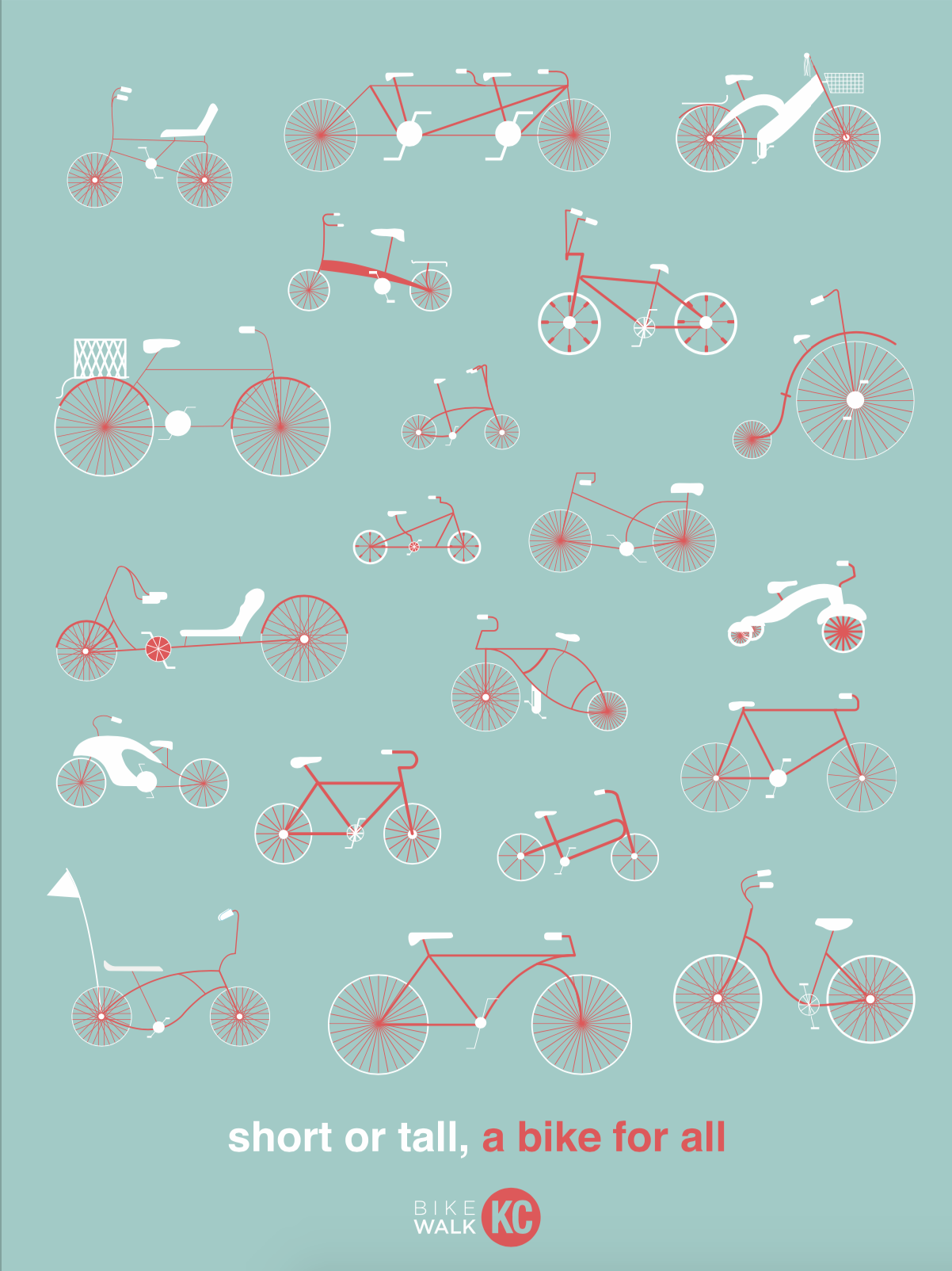
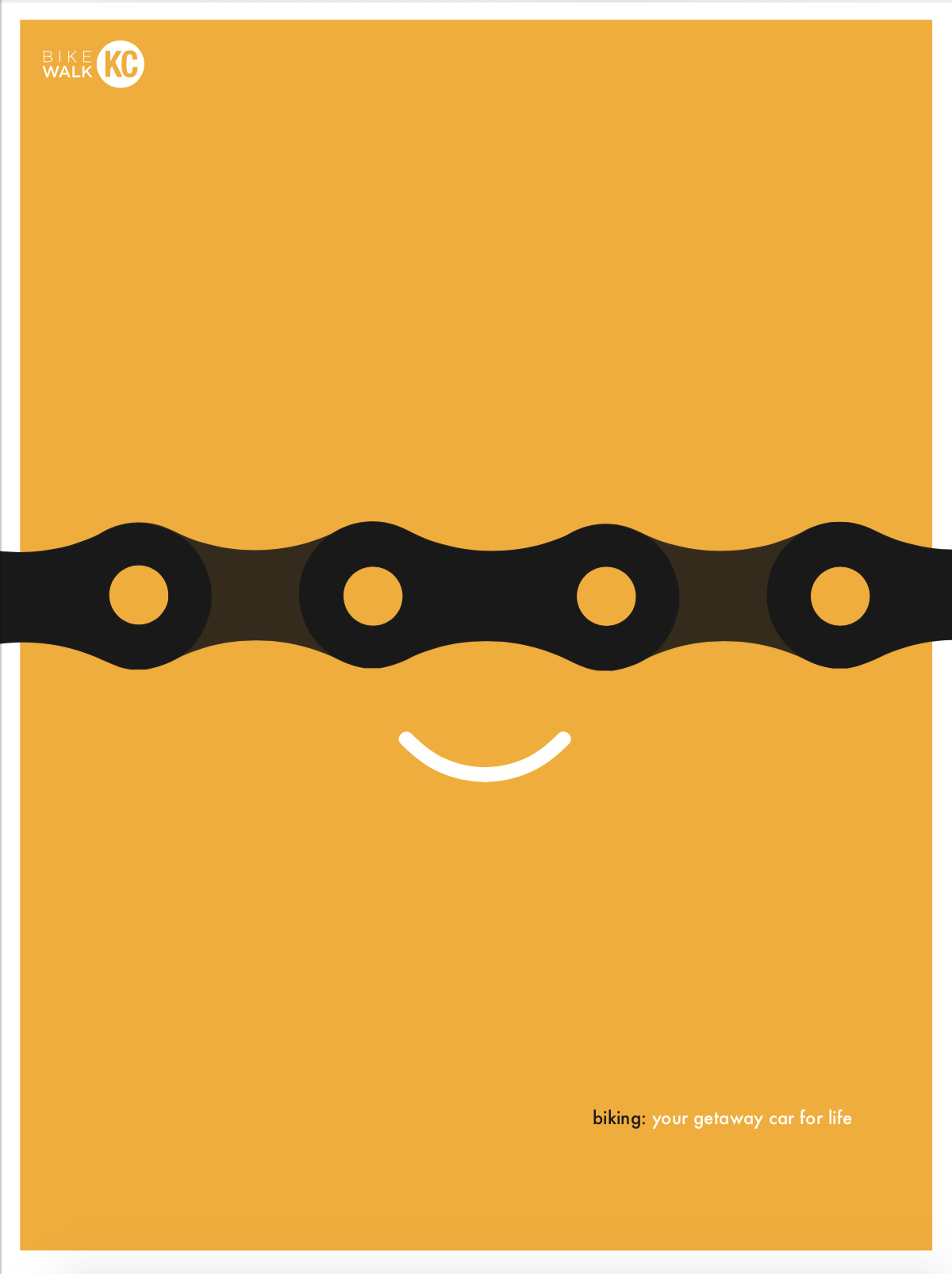
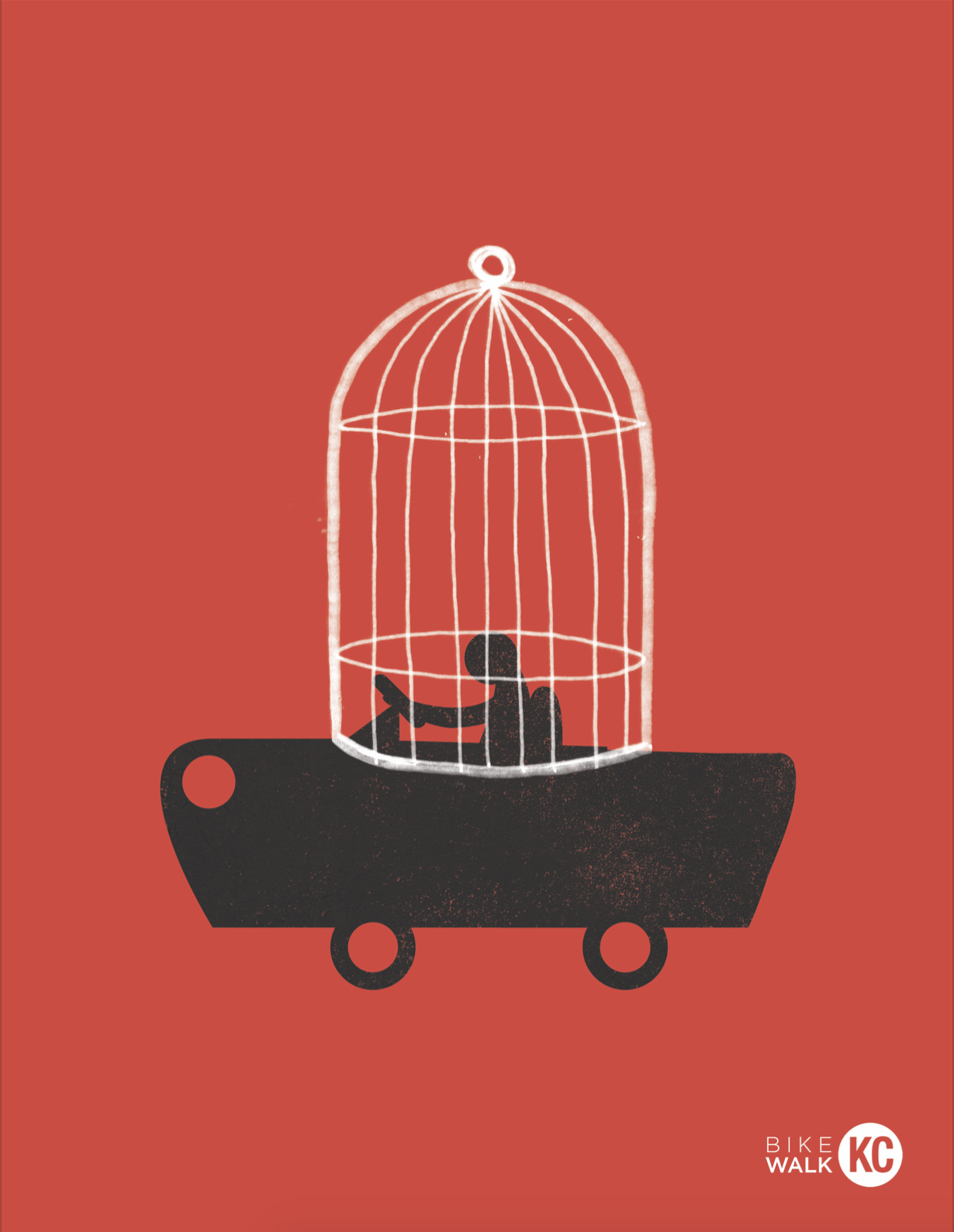
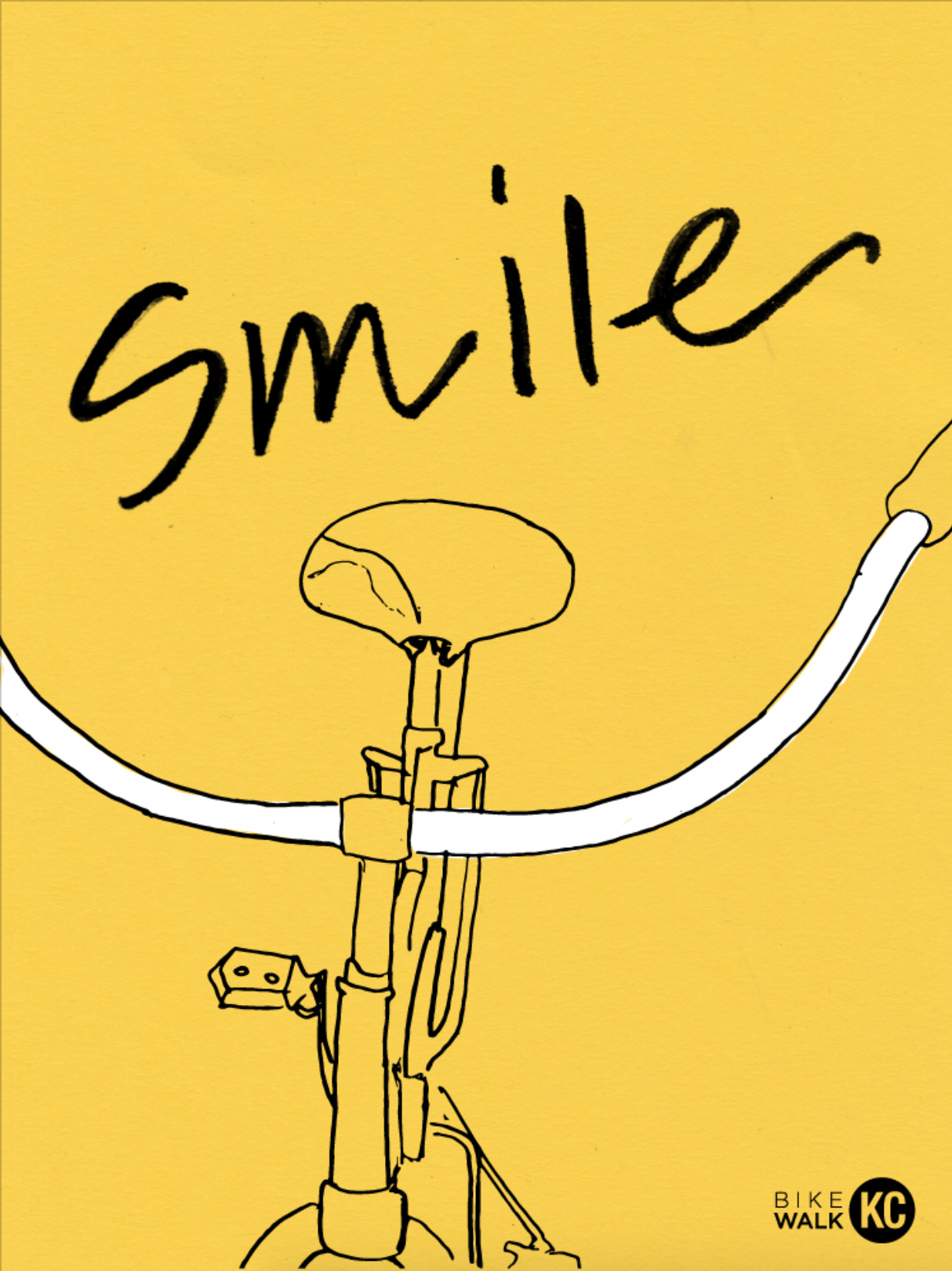
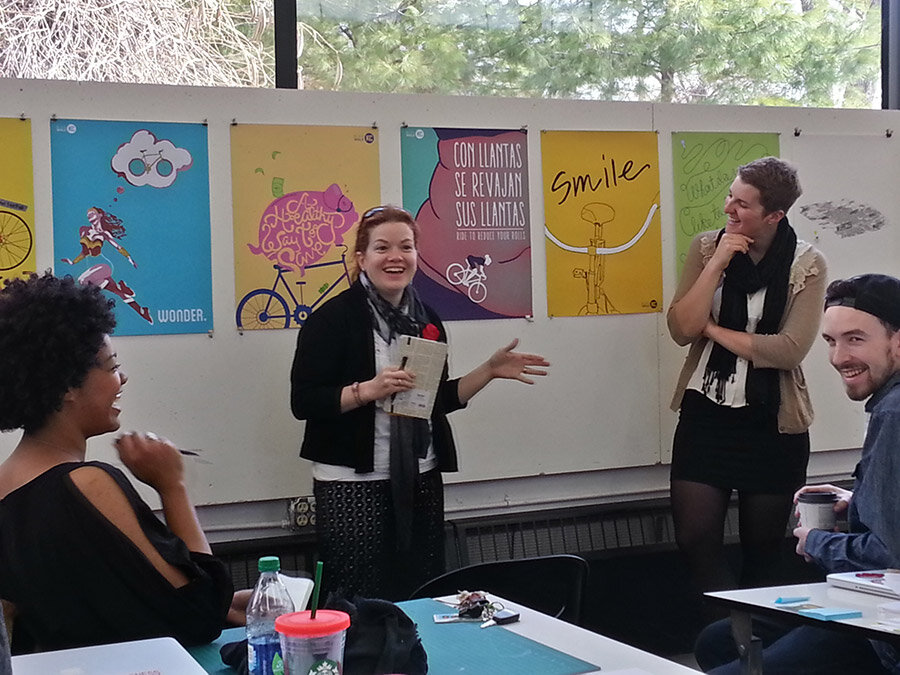
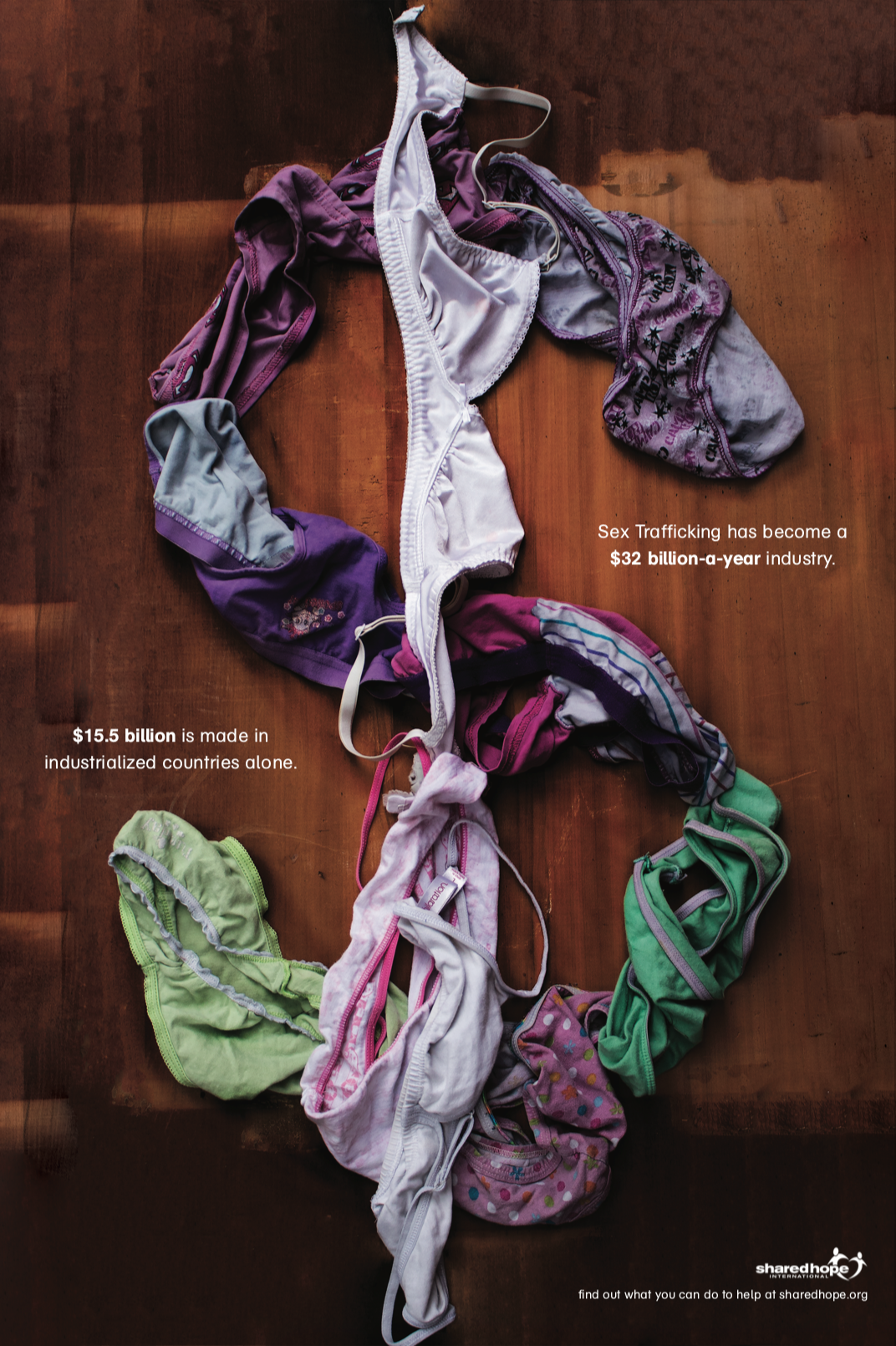


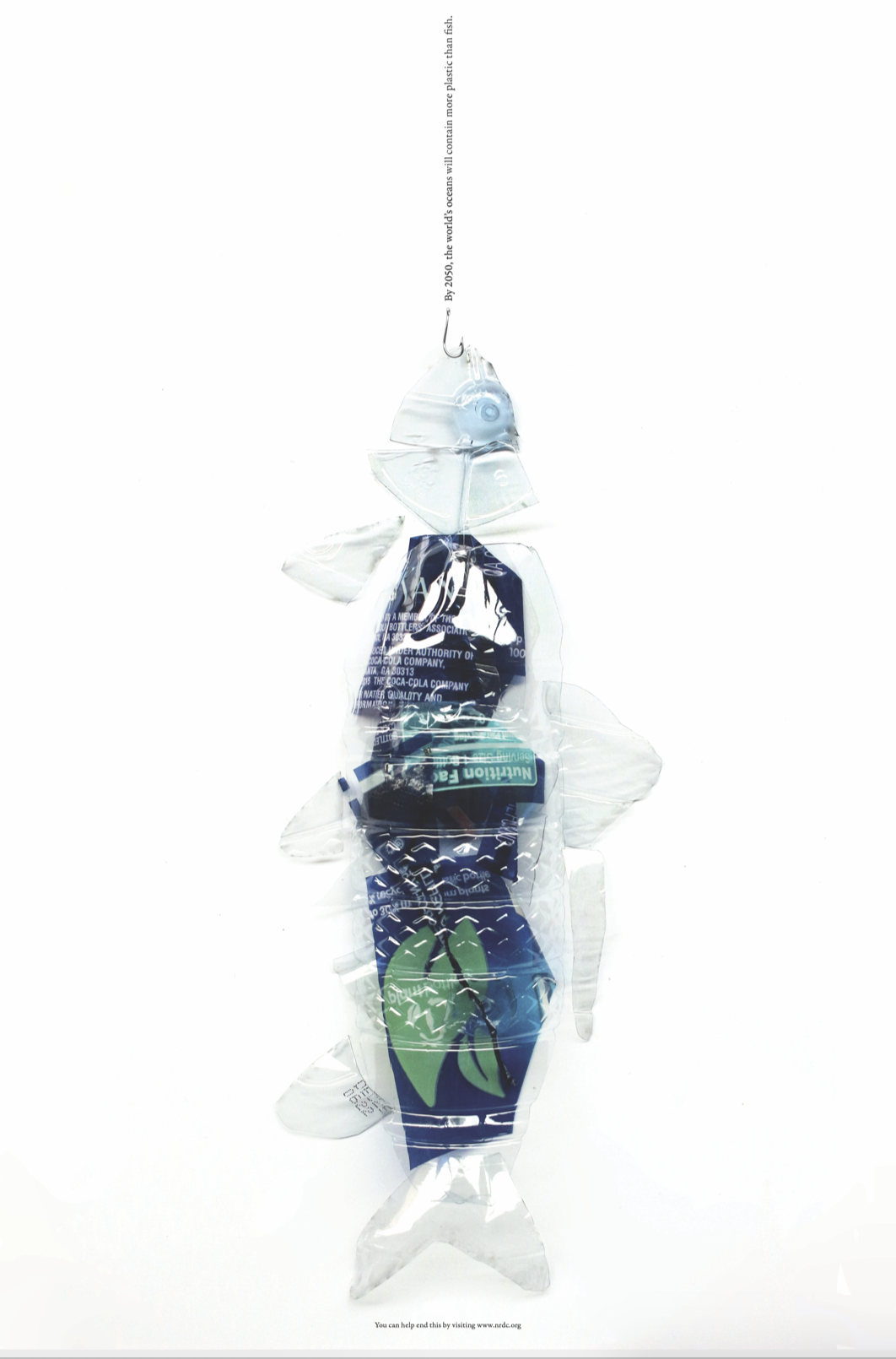

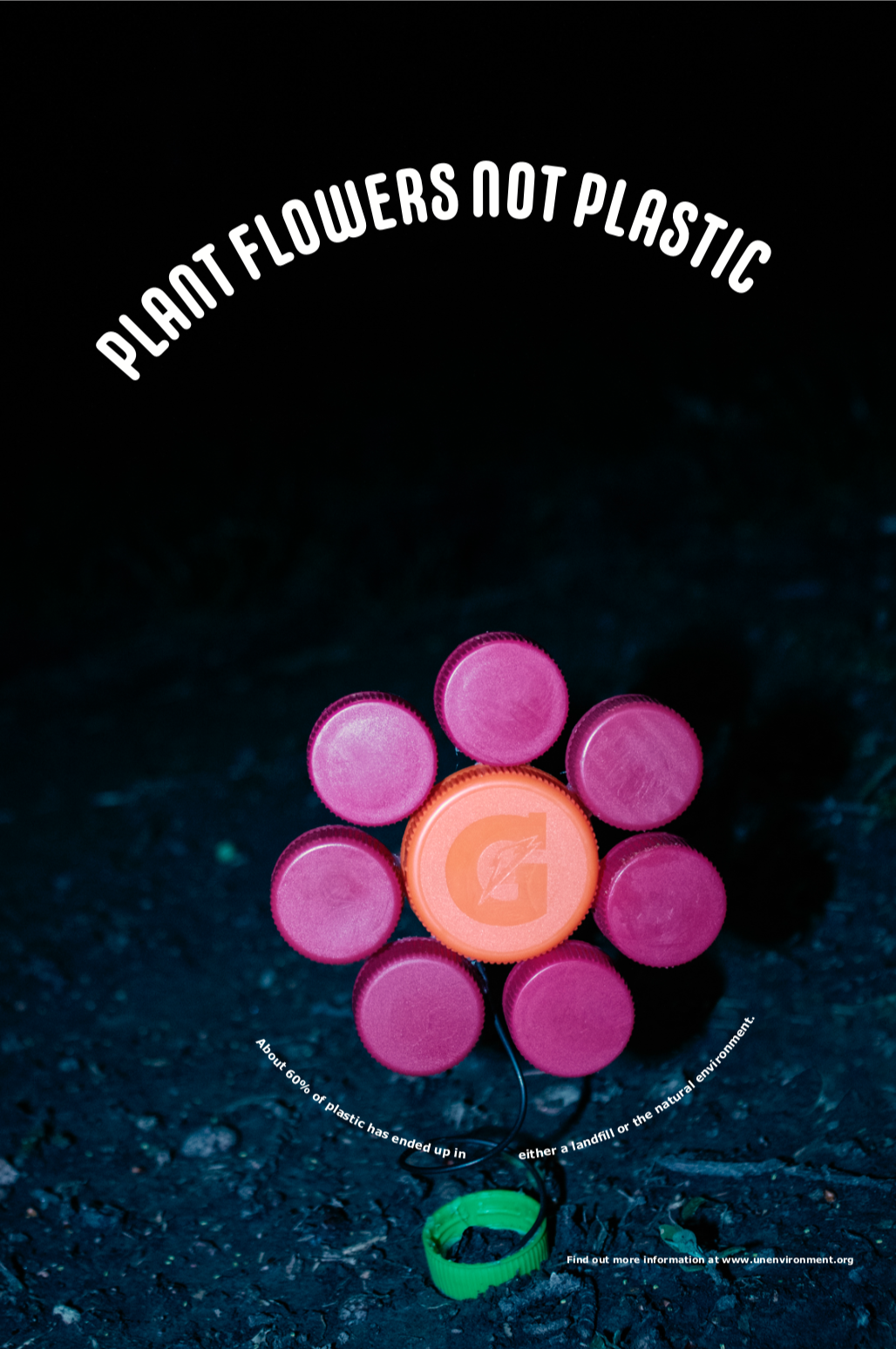
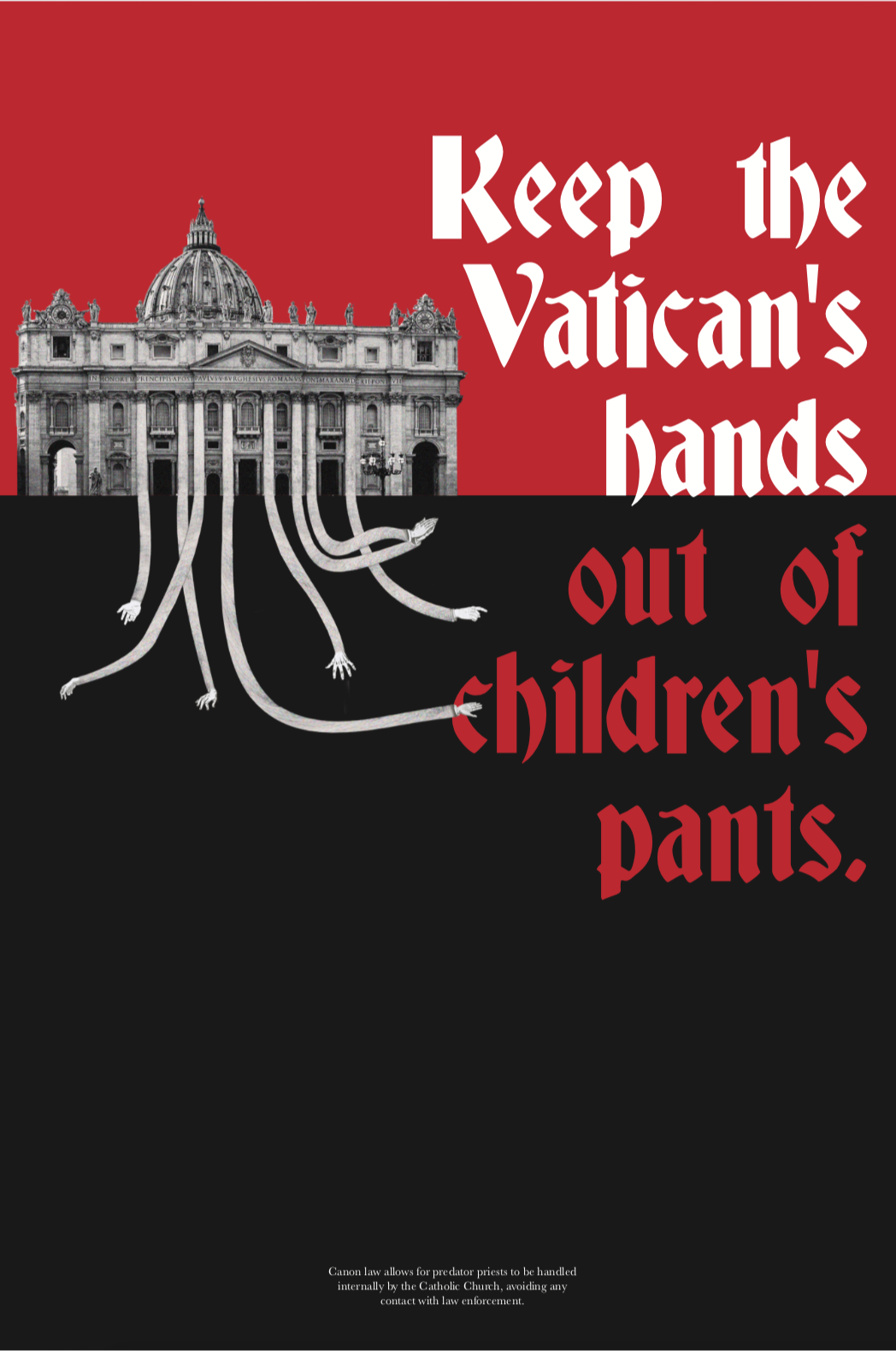
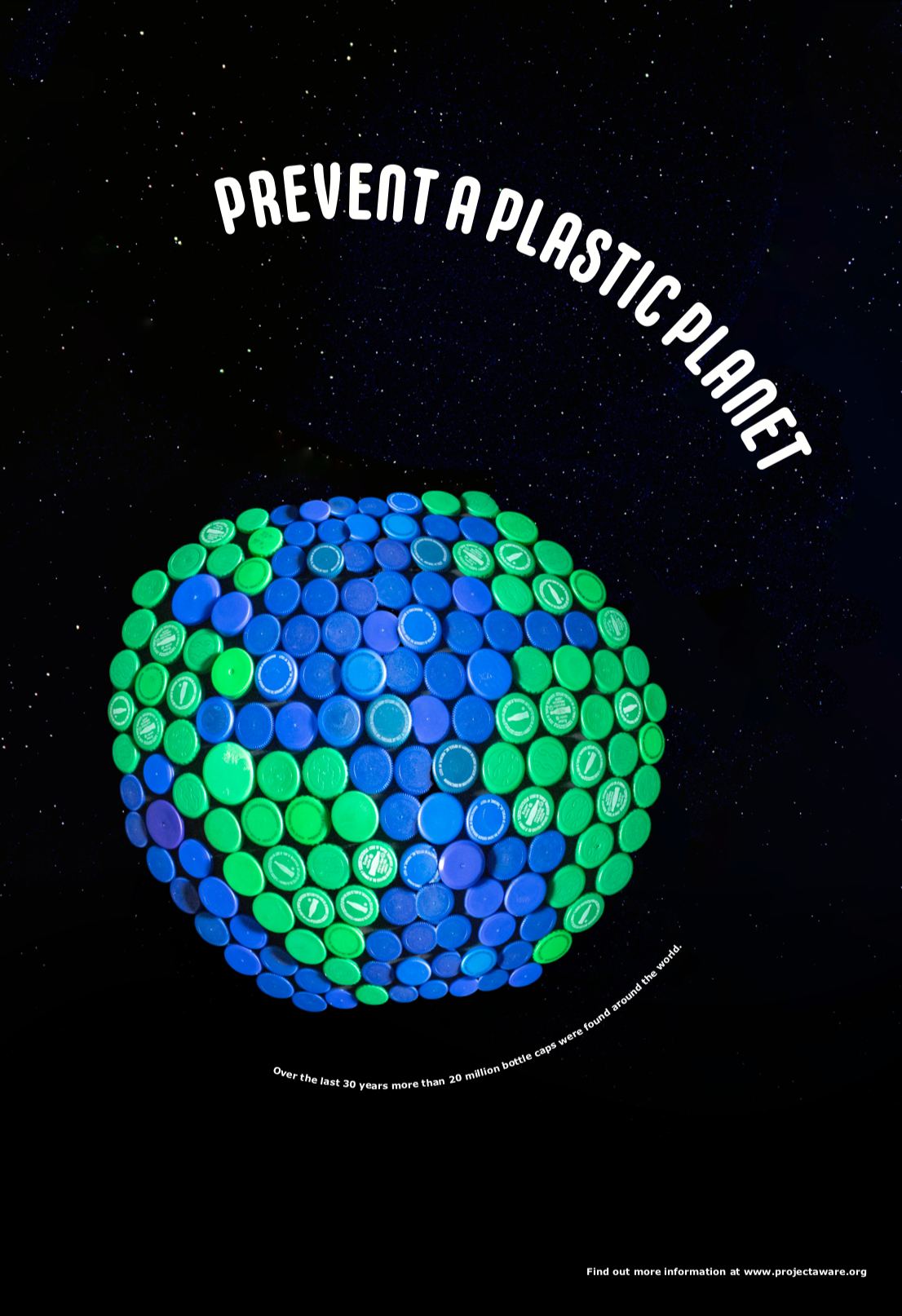
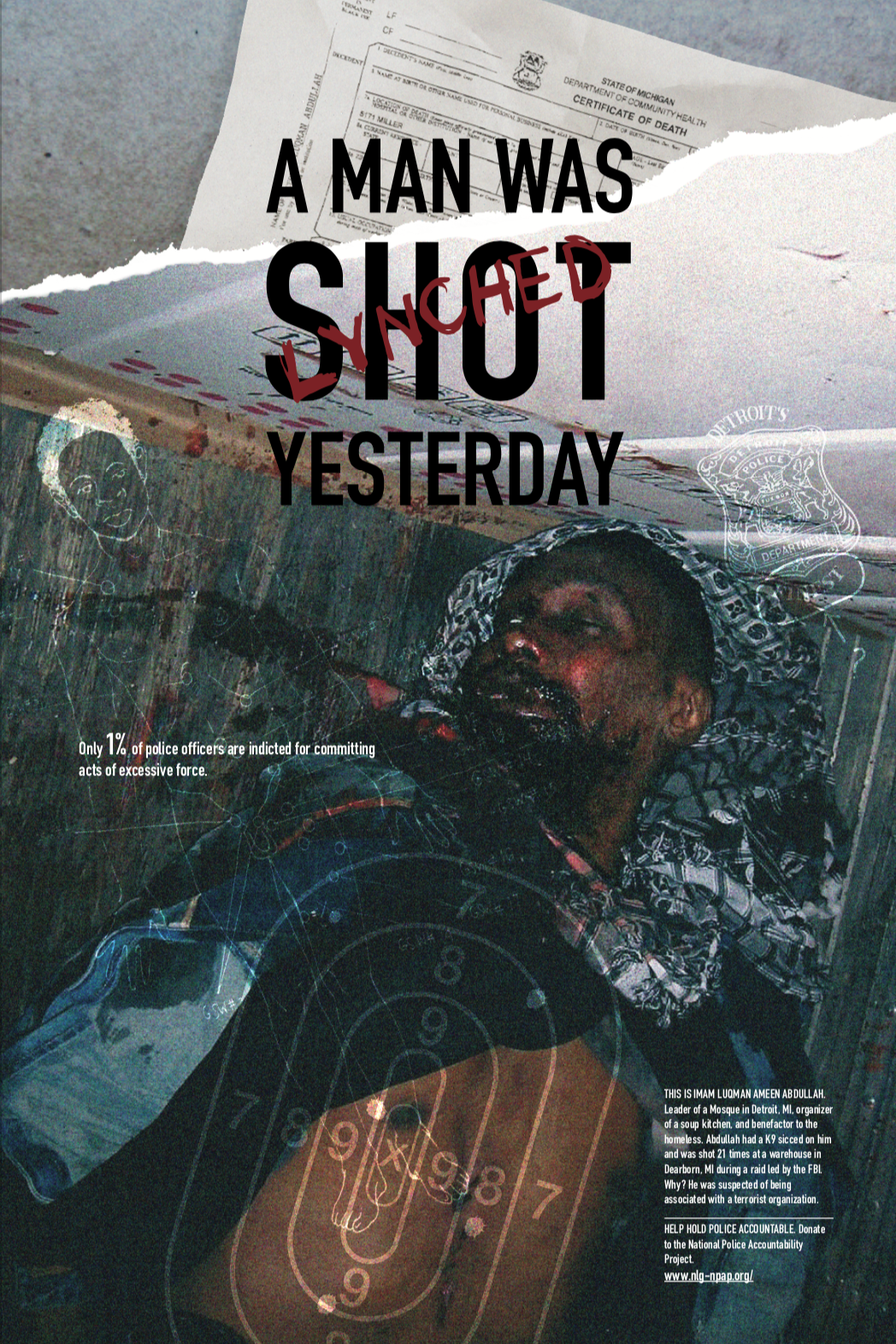
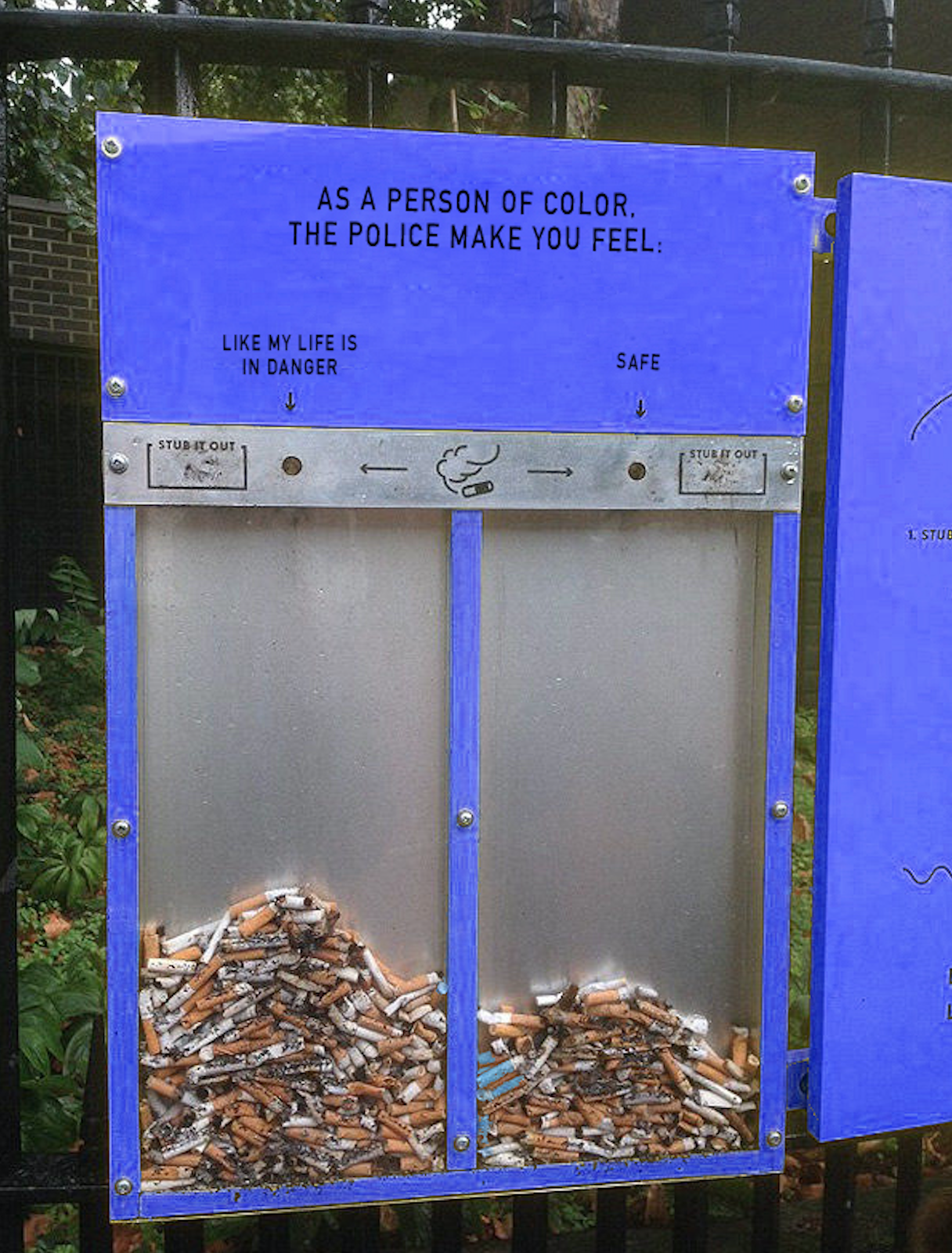
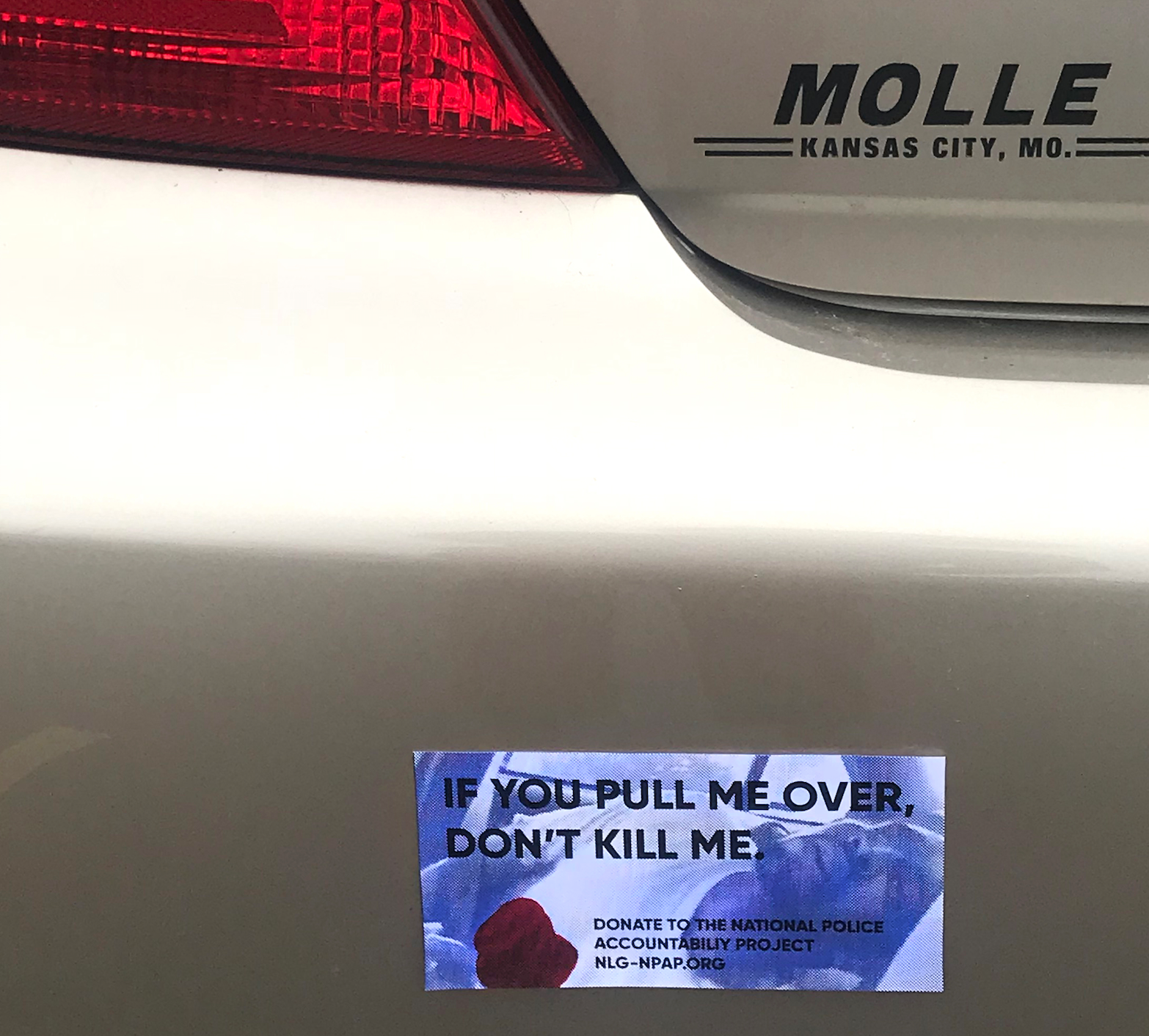
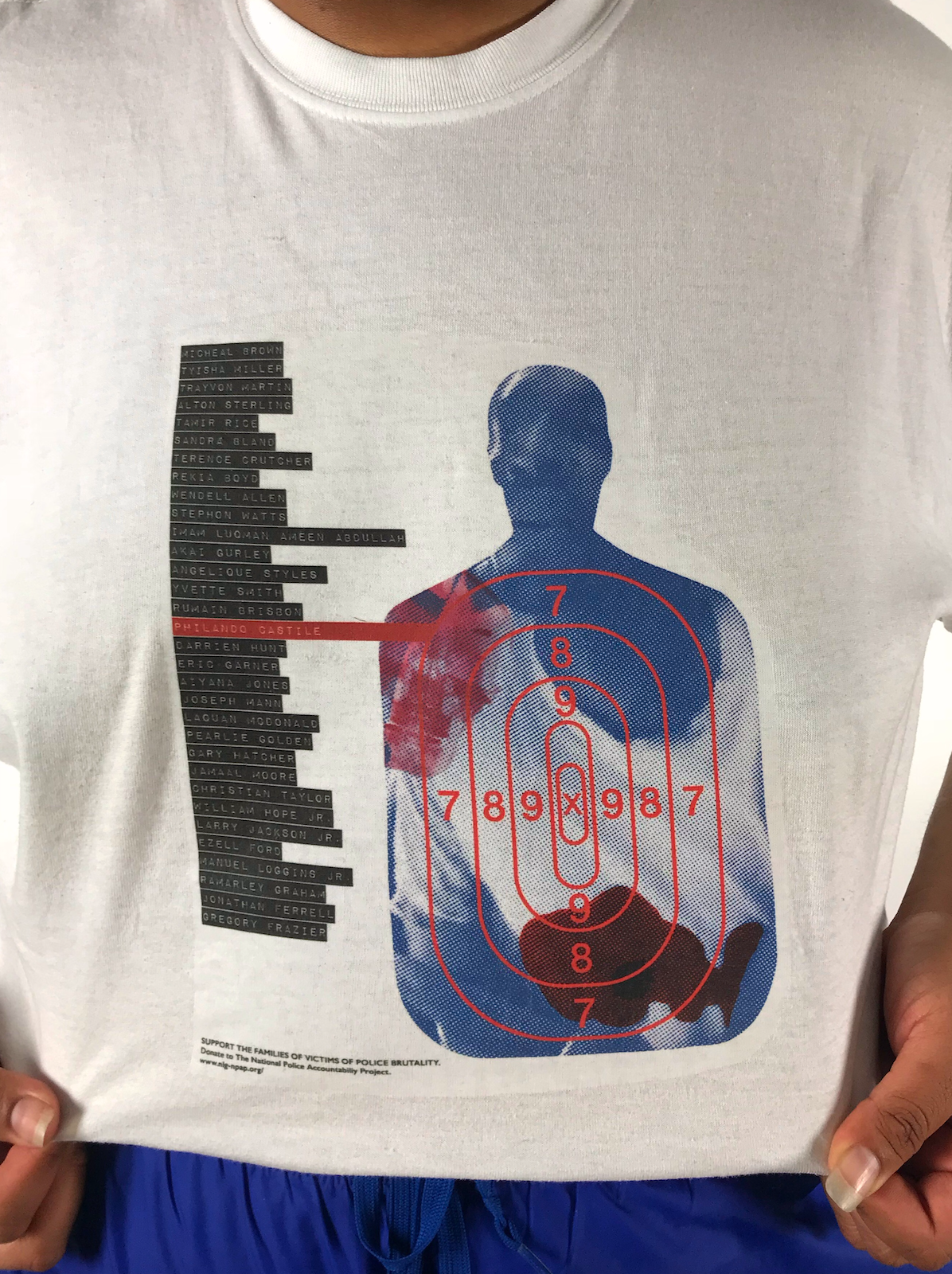

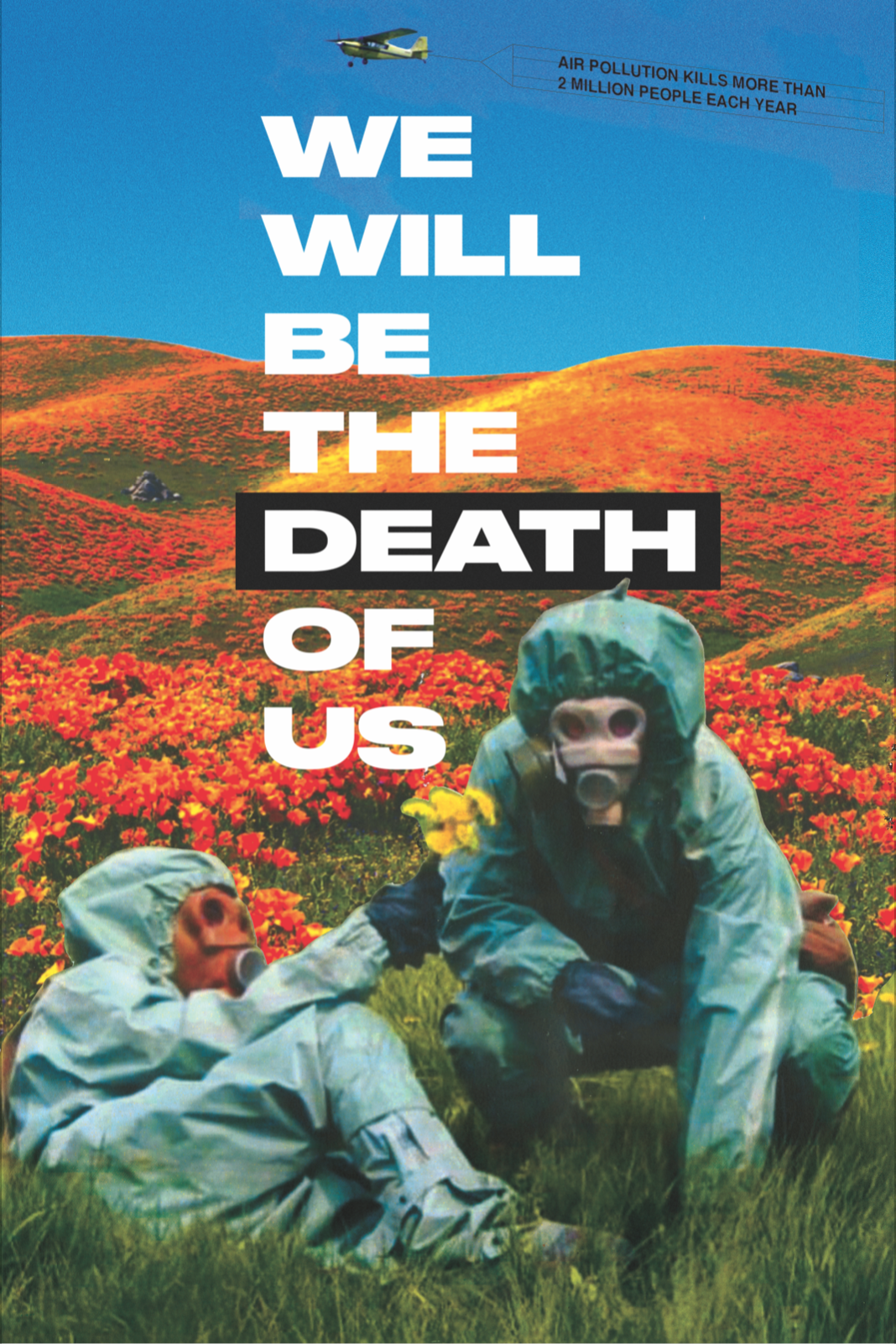
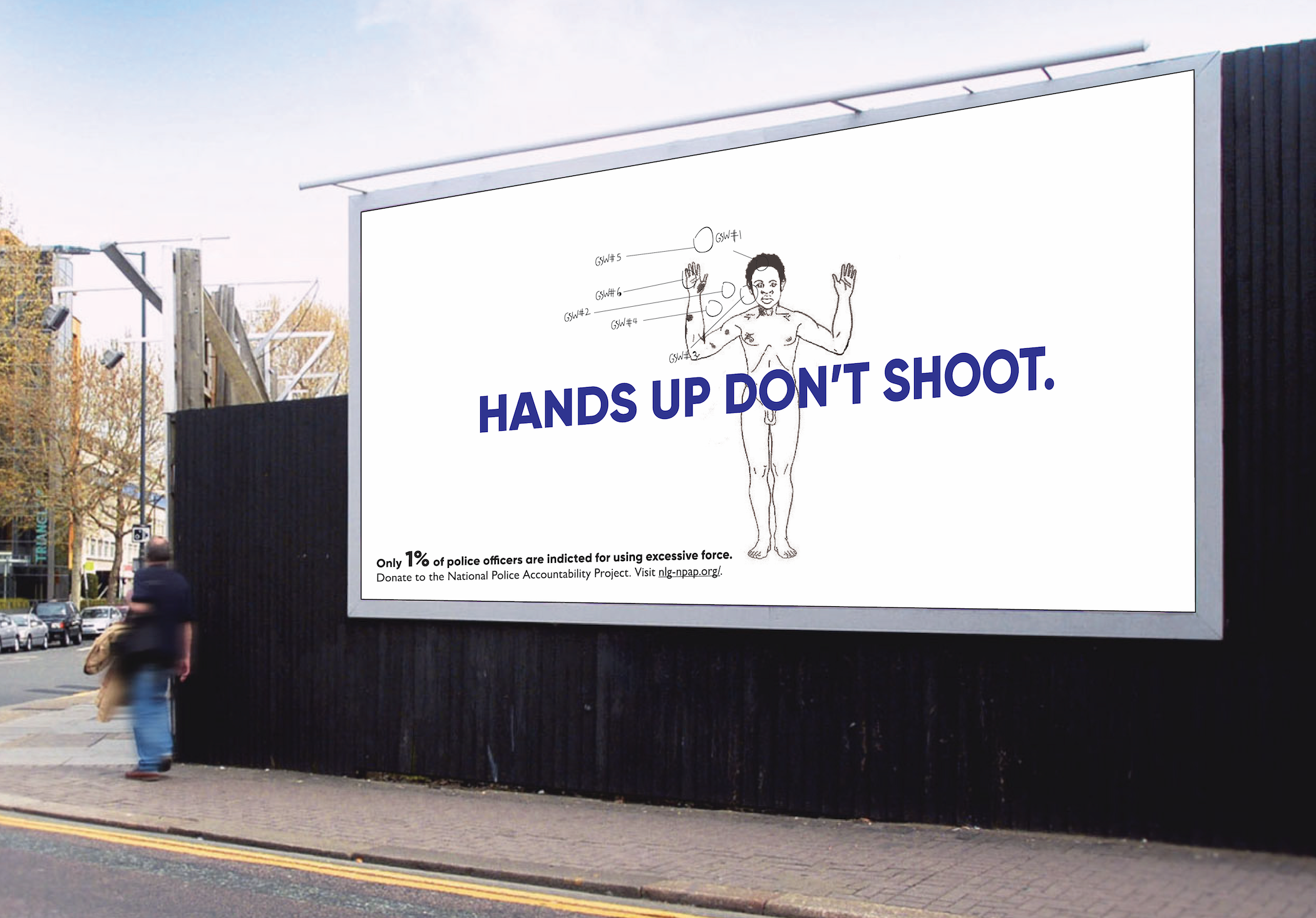


2013 – gun violence awareness posters as part of a national aiga initiative
recognition – cal desmith [cloud/umbrella], brittany hand [not pictured], monica roesner [not pictured]: endgunviolence.aiga.org posters included in the [now defunct] national online poster gallery including professional and student work. [national]
2014 – partnered with bike walk kc for a special edition silkscreen promotional poster. chris meier’s poster was selected.









































